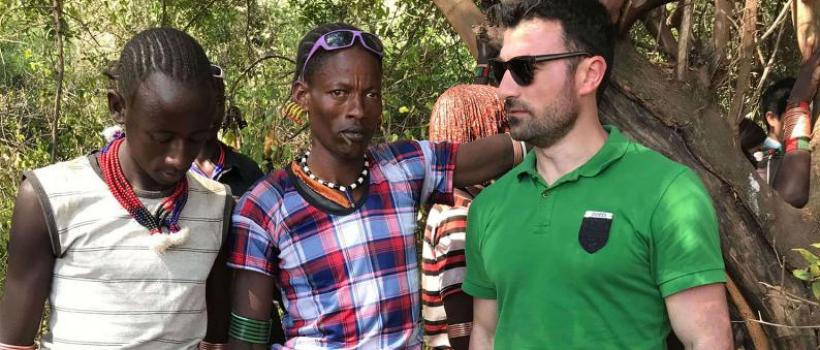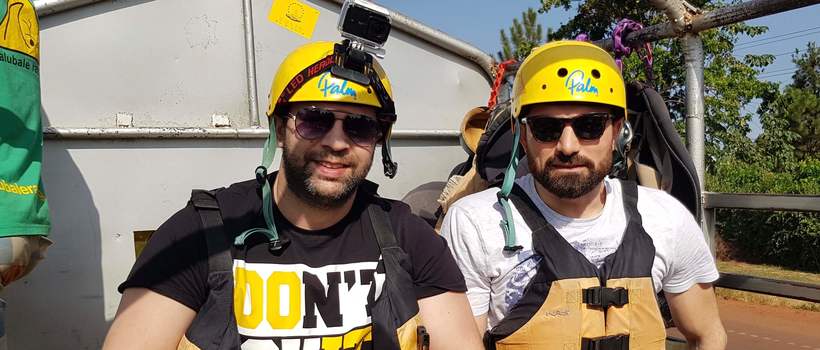New flower city - a trip to the capital of Africa
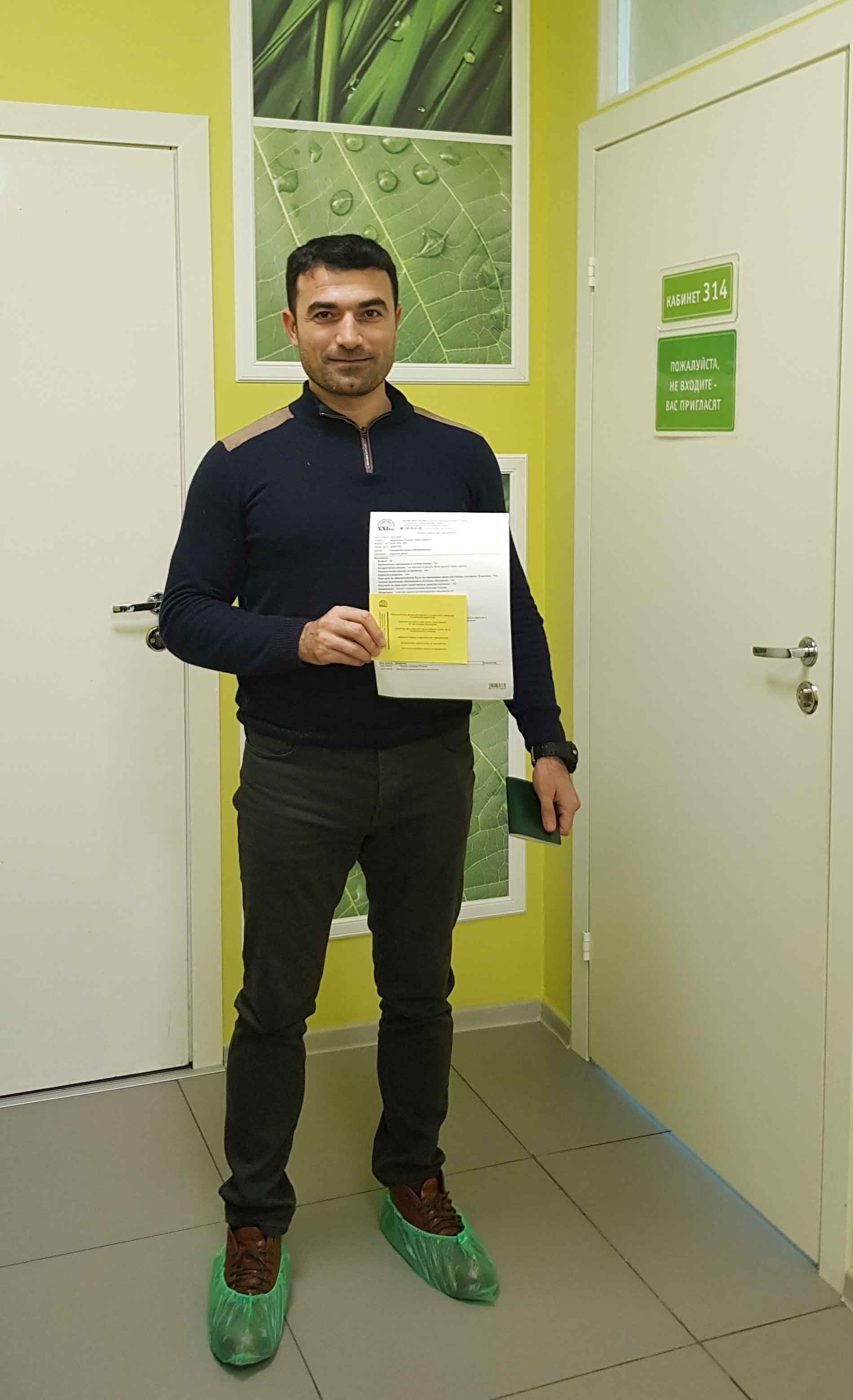
In order to travel to Africa, one needs to take various preventive measures. The first and most important of these are precautionary measures, such as making a will and paying off debts. After that, some vaccines need to be given. Vaccination against yellow fever is important. As it is not vaccinated in our country, I had to go to St. Petersburg for this vaccination. I was told that you would not be allowed into the country without a document confirming that you had been vaccinated. Even though, it is true that when we landed at the airport, they did not require any vaccination papers. Then we learned that this paper is more in demand during the rainy seasons, when the disease is widespread.
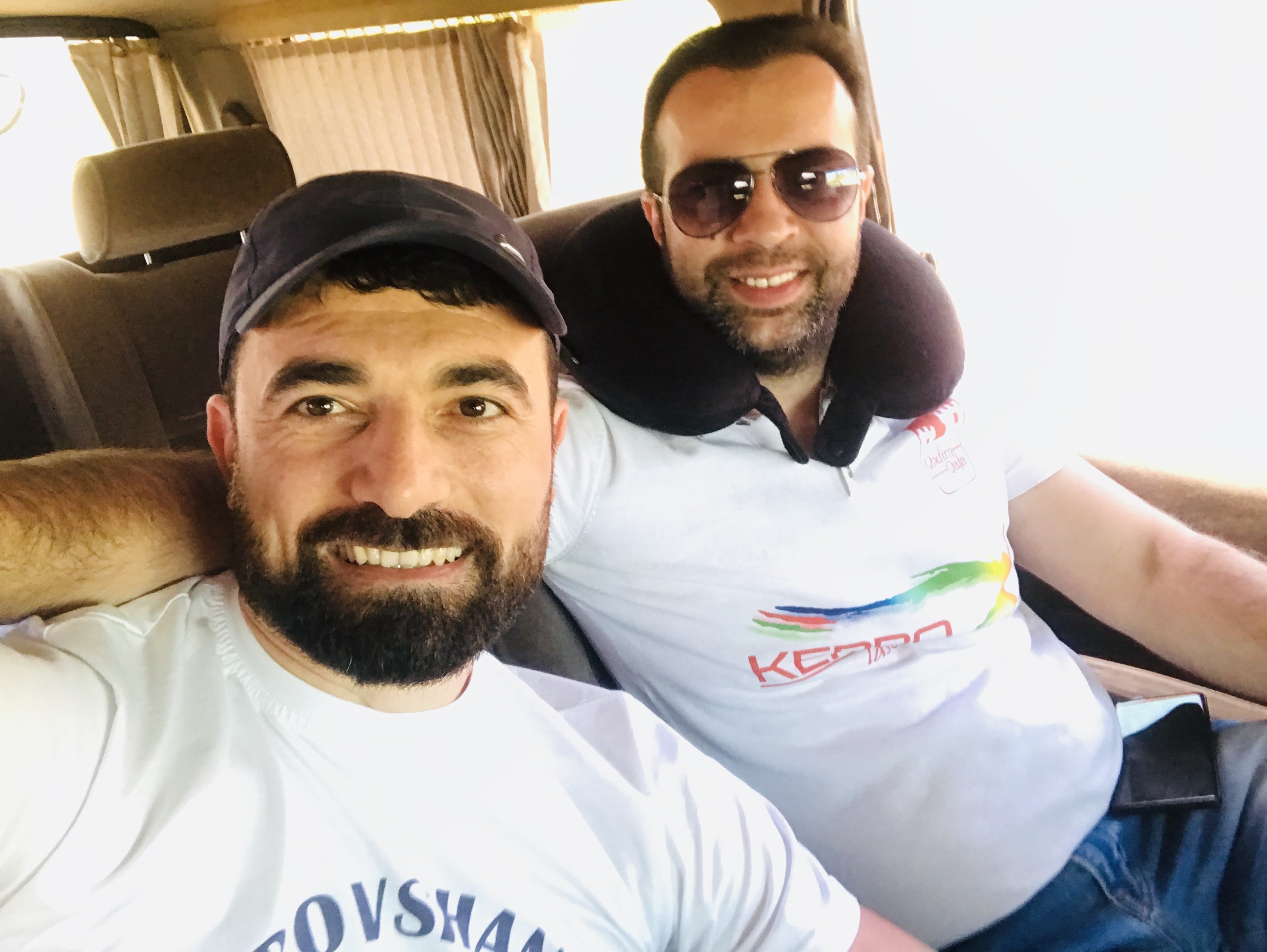
My friend Elvin is my companion on this difficult and adventurous journey.
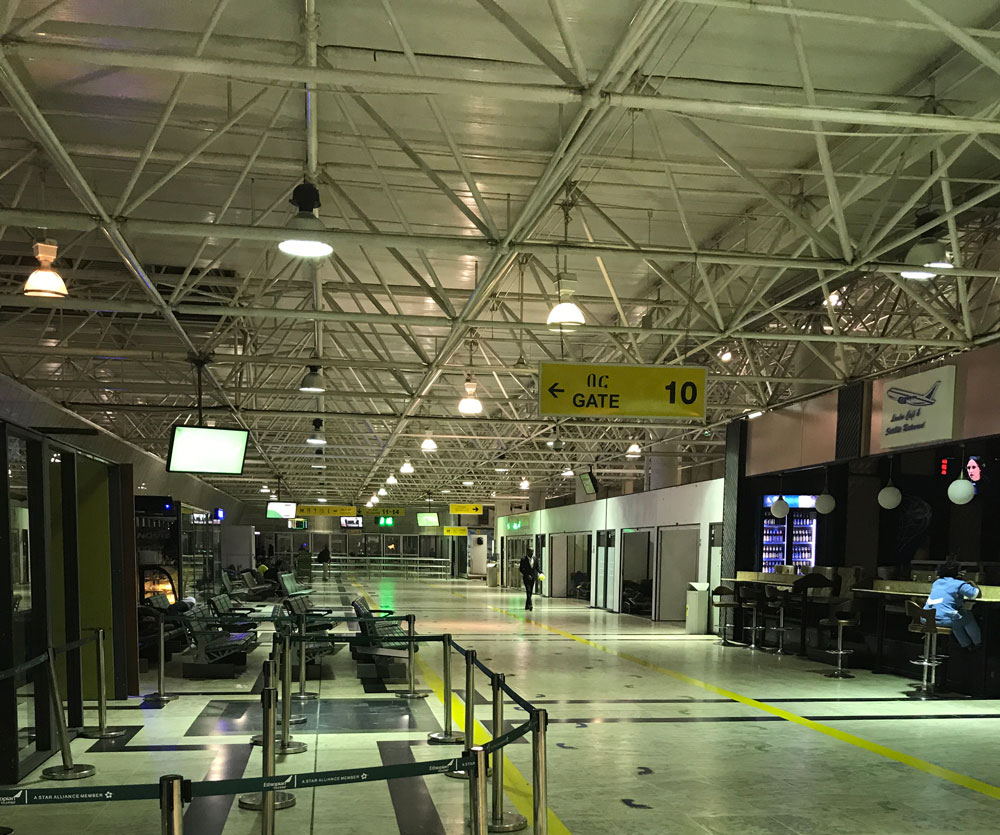
The capital of Ethiopia is Addis Ababa. We landed at Addis Ababa's Bole International Airport at night. My first impression was a great joy, because I did not believe that I would be able to set foot in this country. Before coming here, I faced so many obstacles, from months of visa bans, to detention by immigration police, to fears of not being allowed into the country due to the internal conflicts. Azerbaijan has an embassy in Ethiopia. When we applied, the embassy advised us not to come because of the tension within socio-political situation in Ethiopia. In spite of everything, here we are.
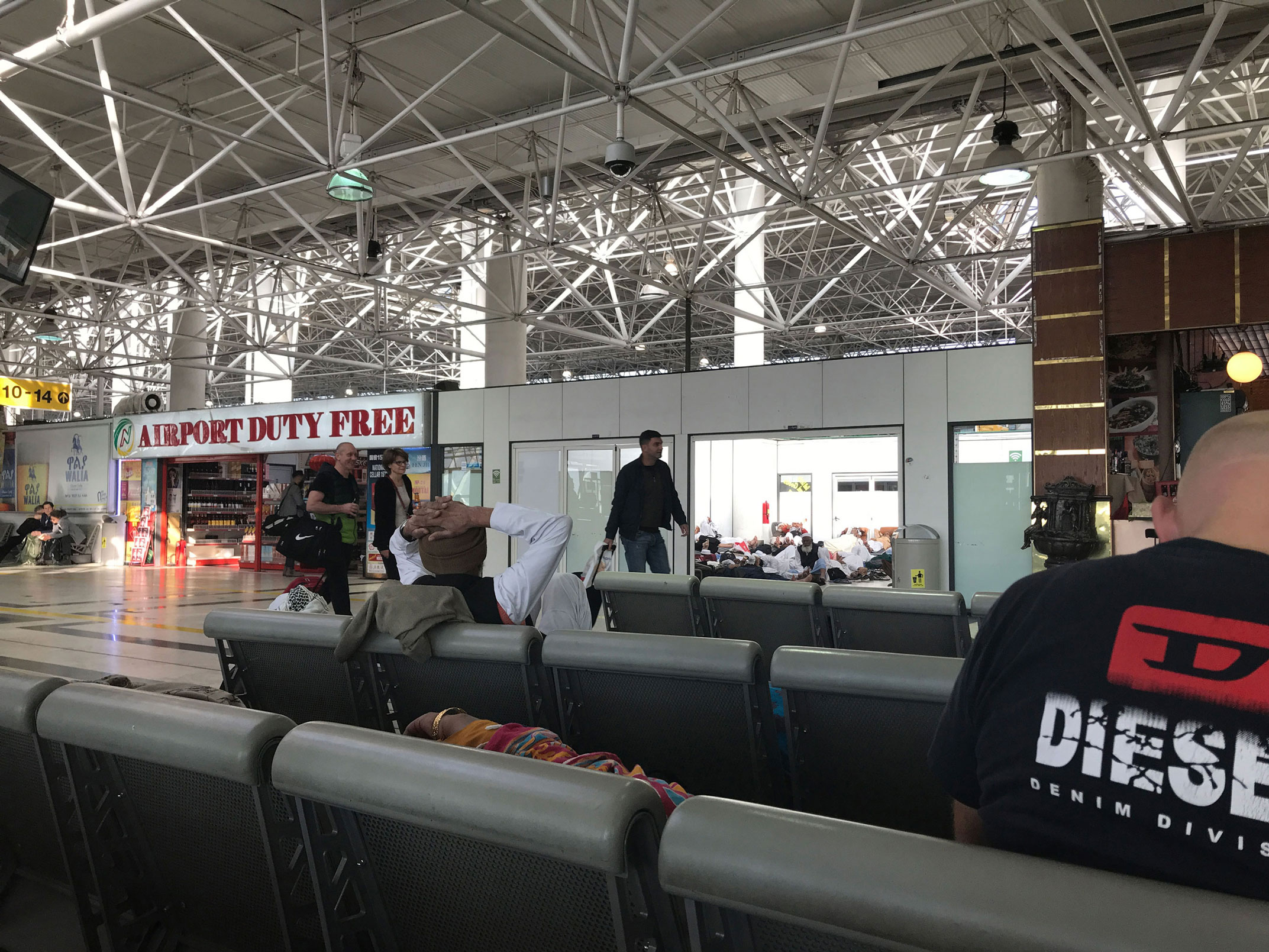
Every condition is created at the airport, whether you want to sit or lie down.
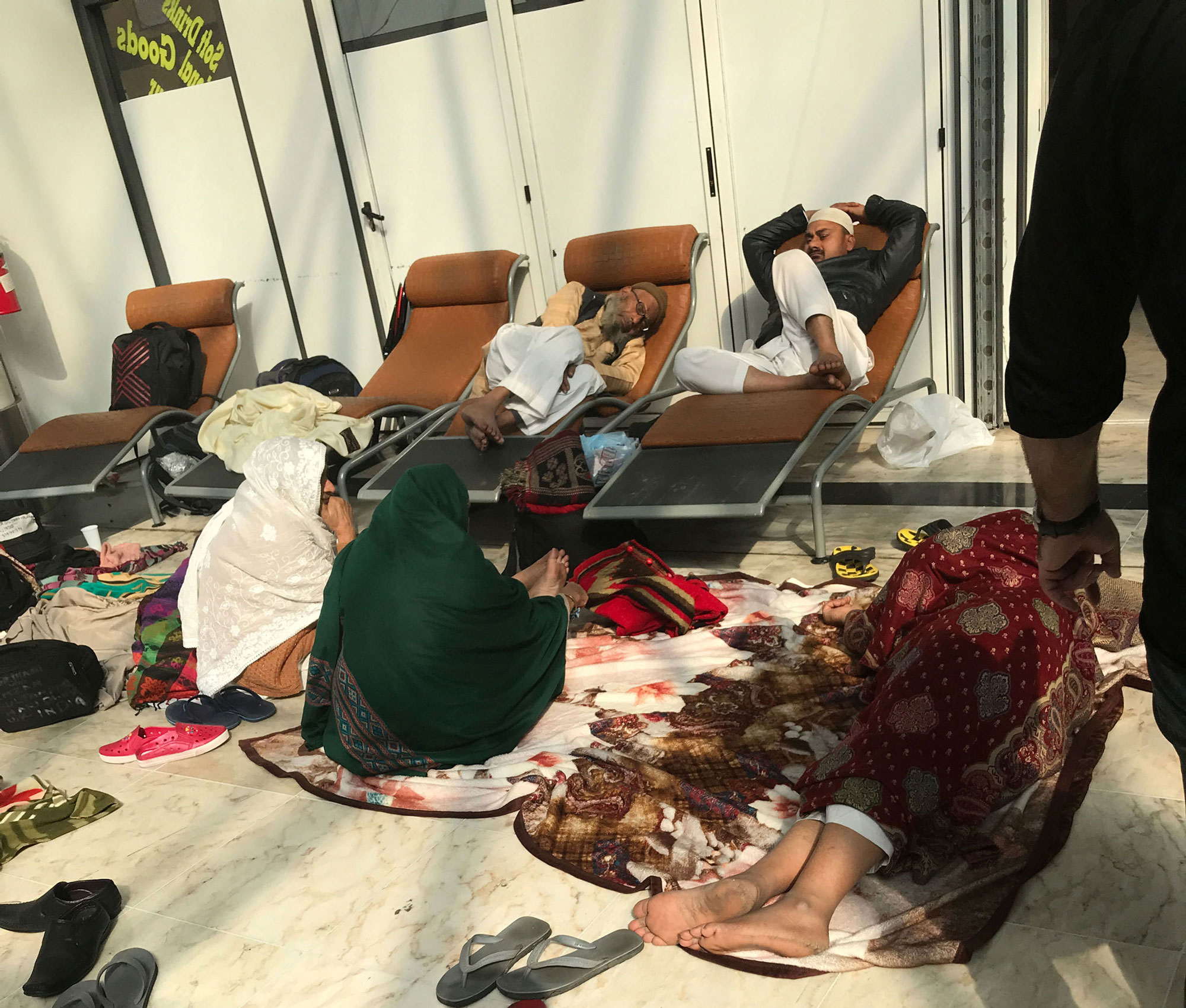
Many do so.
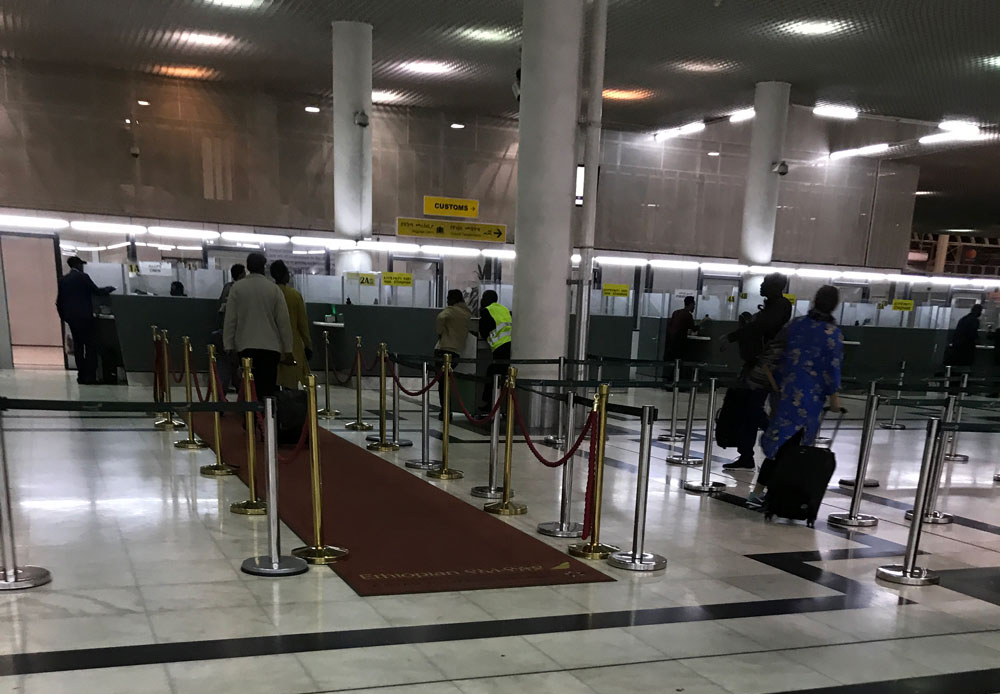
A Turkish citizen was sitting next to me on the plane. He worked in Addis Ababa. I asked him about his impressions of the city, and he told me that I was a white man, and whites should be careful in Africa. He also advised us to be careful about our pockets and wary of pickpockets. Therefore, I carried my money and documents in a small backpack. After getting off the plane, you approach the passport control department.
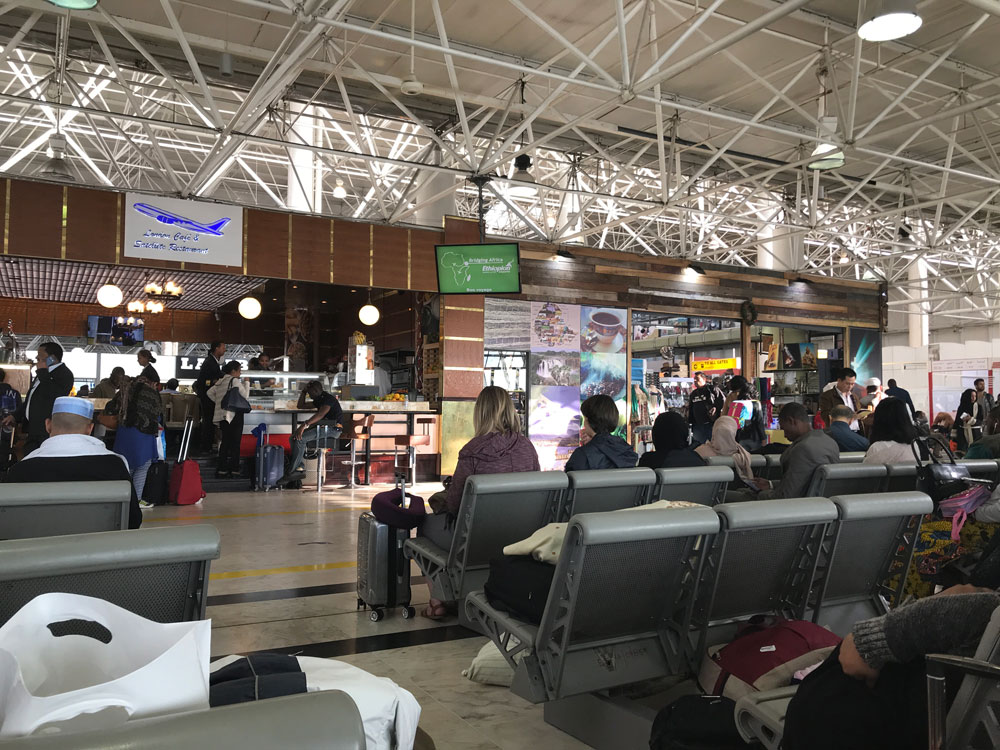
I have very bitter memories about this place. There is a migration department on the left, which has not yet passed passport control. They will keep us here for hours and then want to deport us from the country. For this, I need to prepare a separate article. Among the locals who first greeted tourists at the Ethiopian airport, I must mention the large rats that fled from side to side. They acted like real hosts.
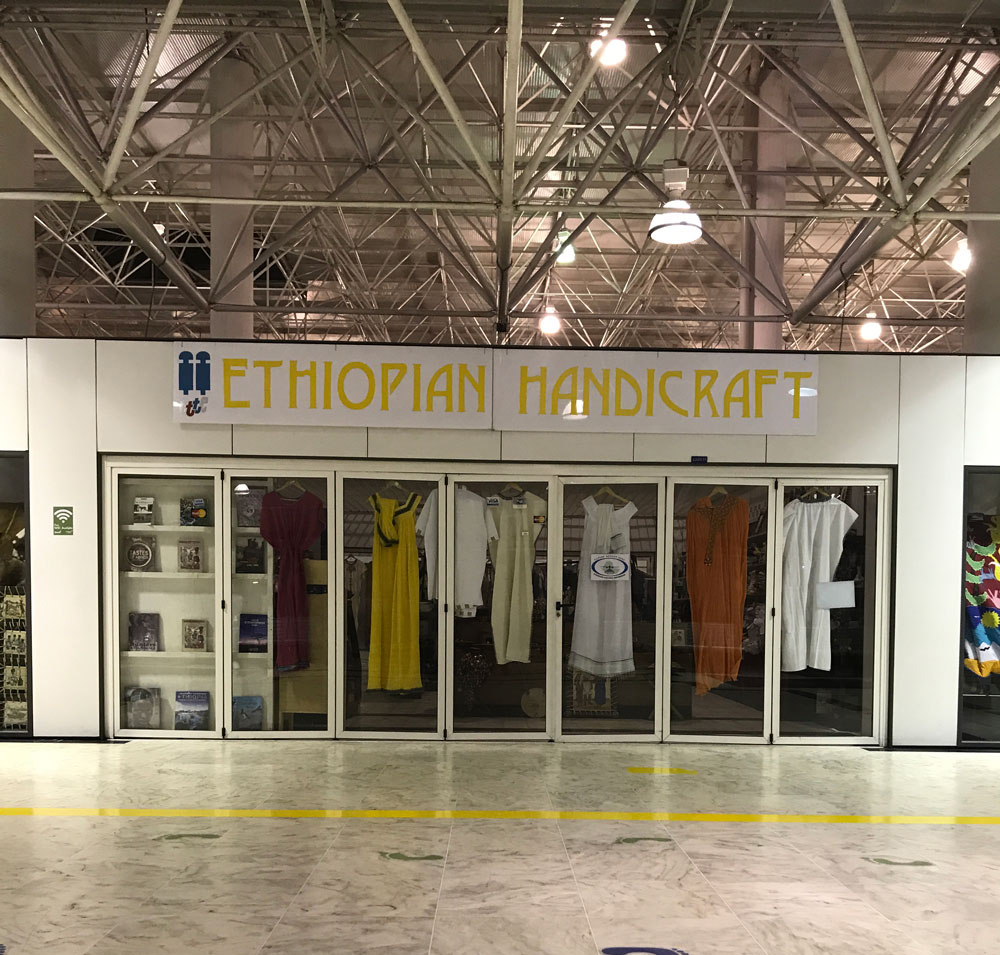
Duty Free at Bole Airport
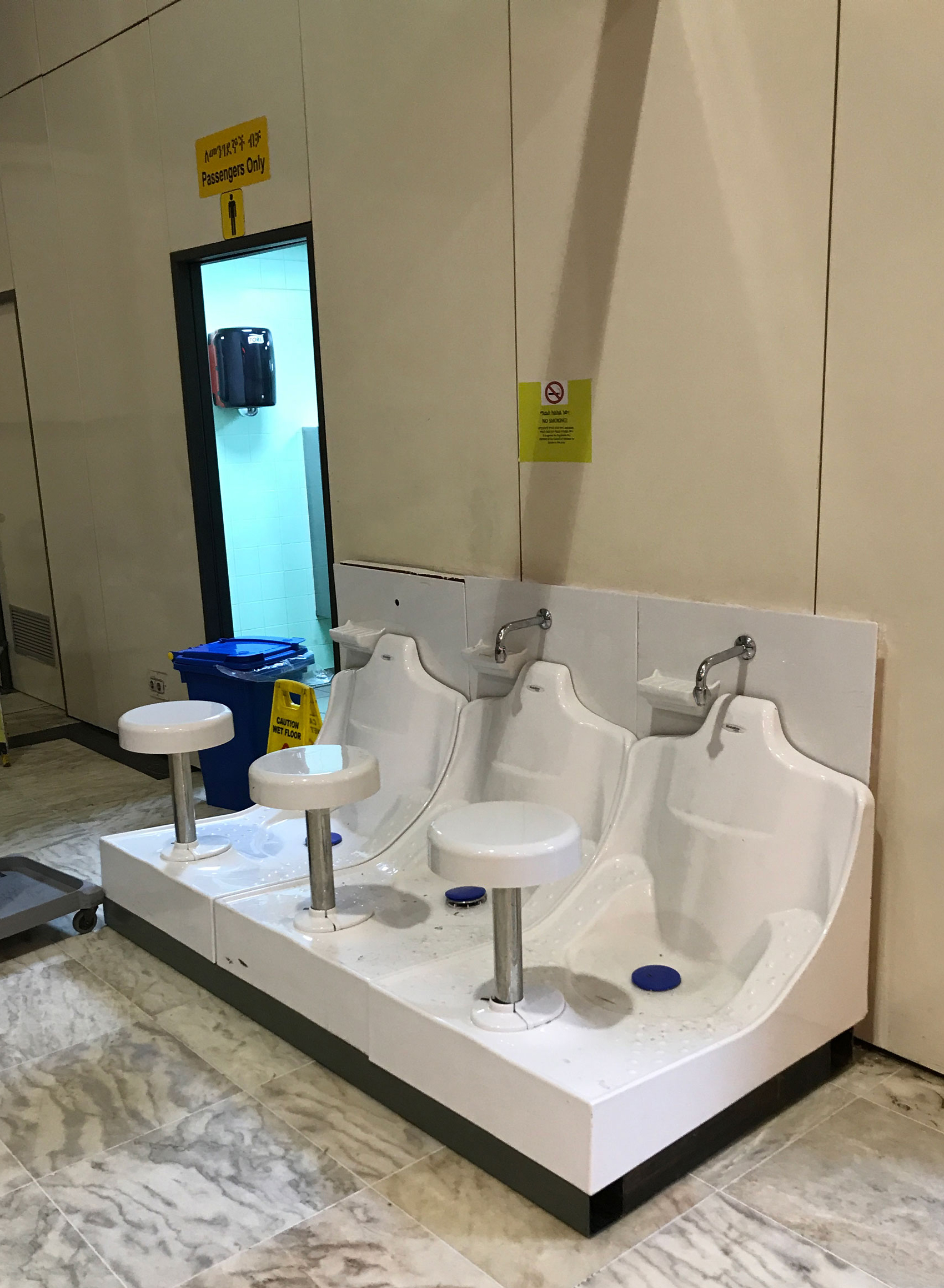
One of the things that drew my attention in Ethiopia, a Christian country, is the creation of all conditions for Muslims to worship at the airport. This is a place for ablution.
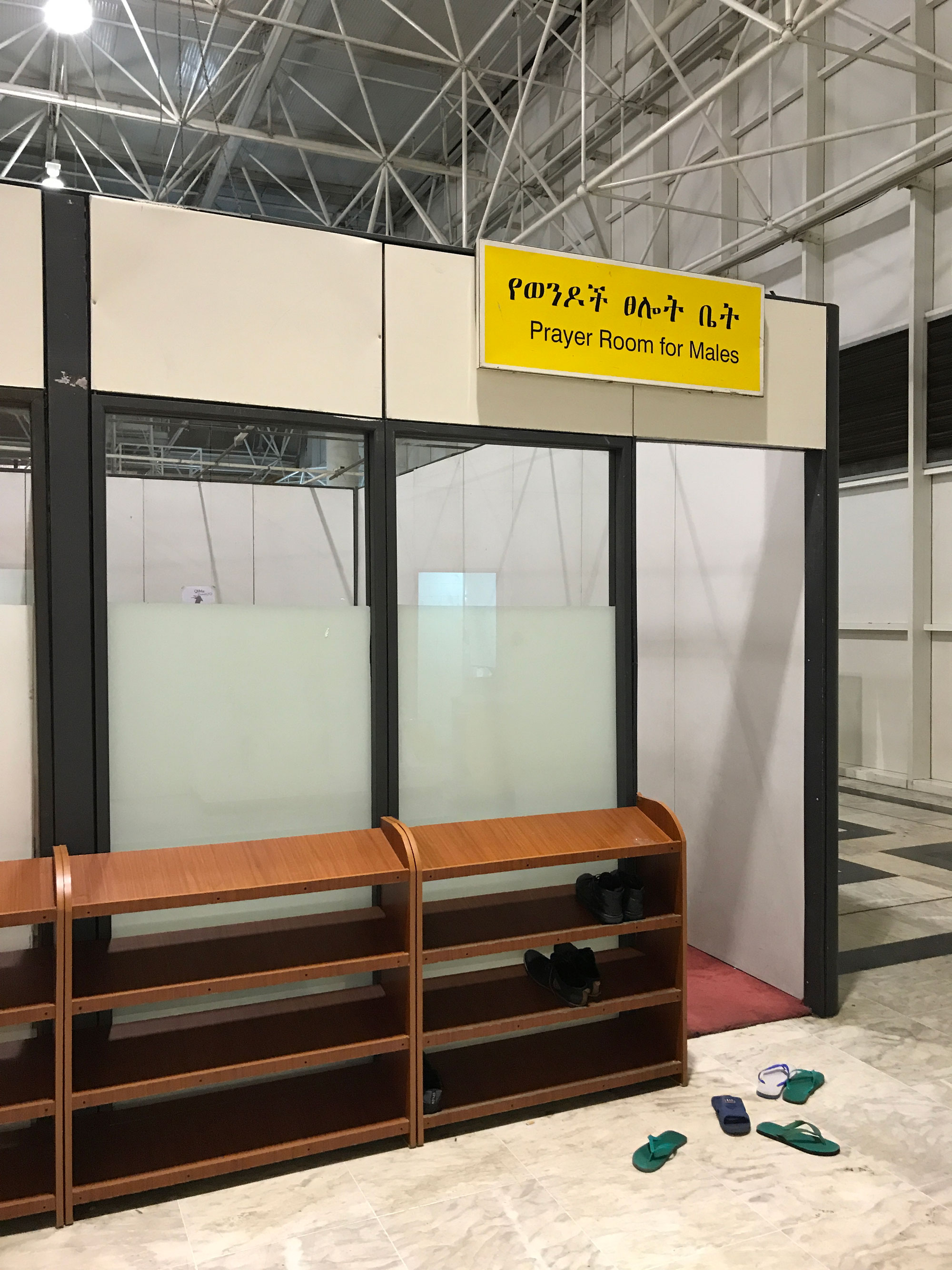
This is a prayer room.
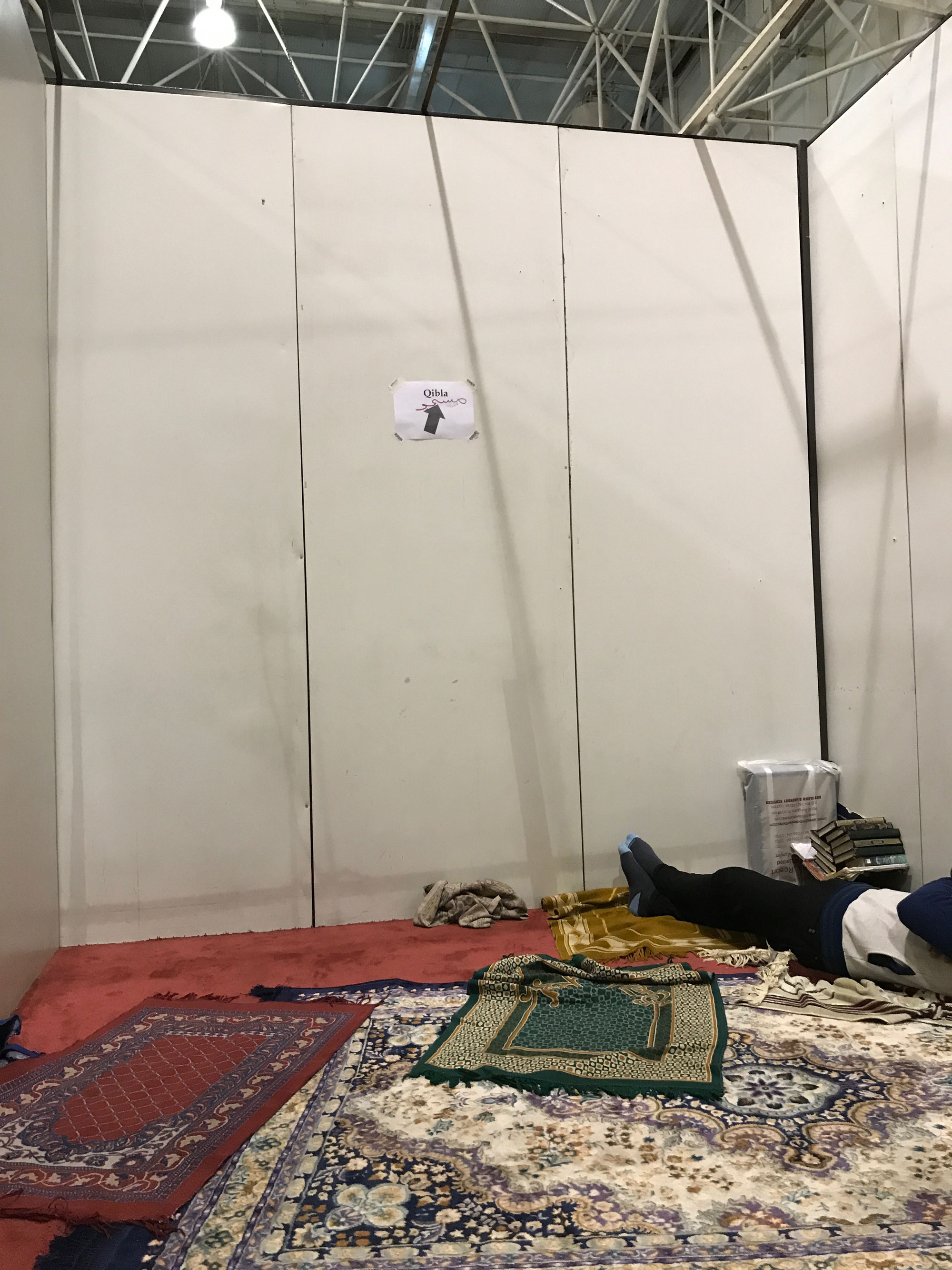
There are also those who think of this room it as a room to rest.
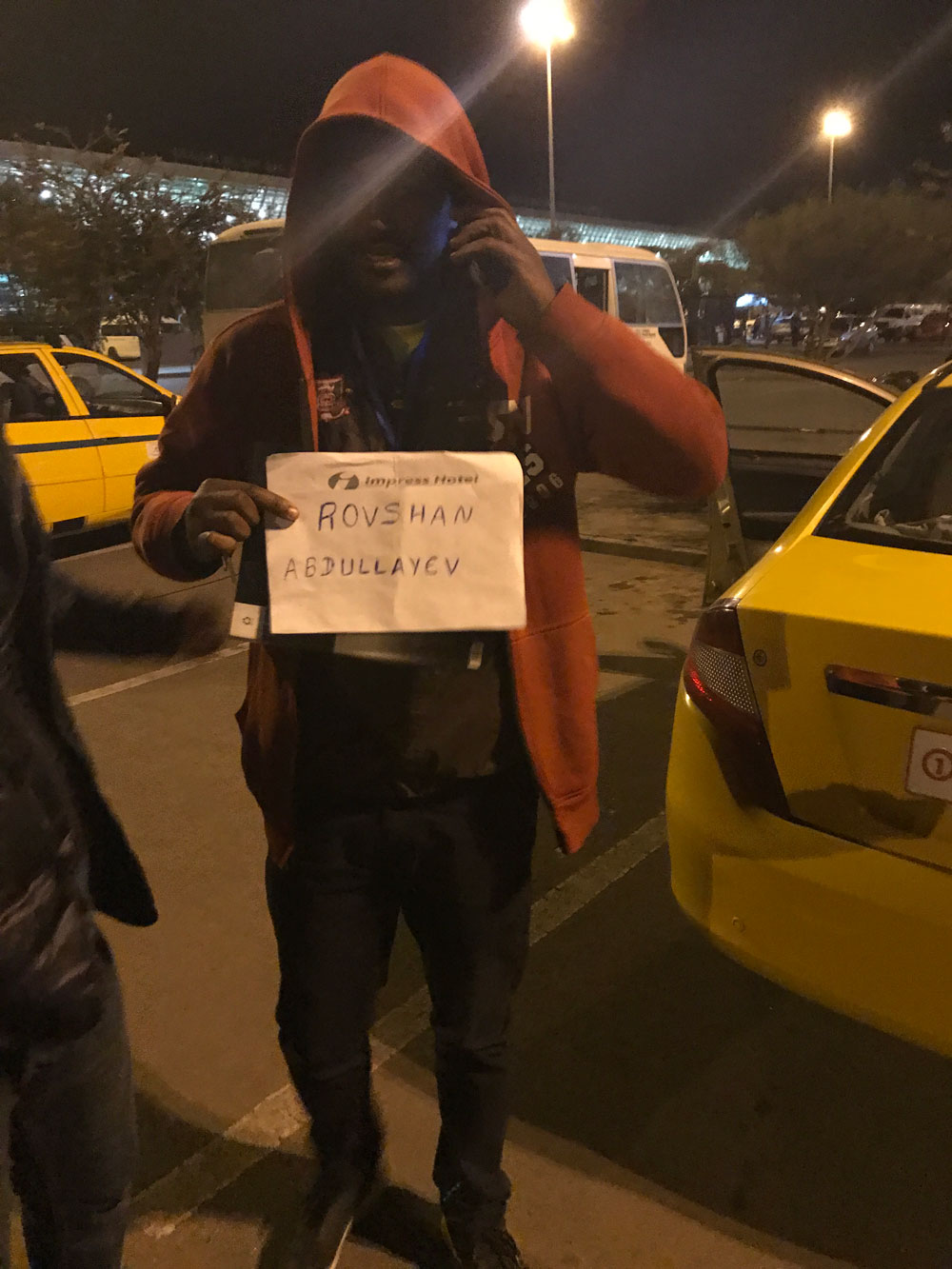
This driver came to take us to our hotel. He was sent by the hotel.

Our hotel.
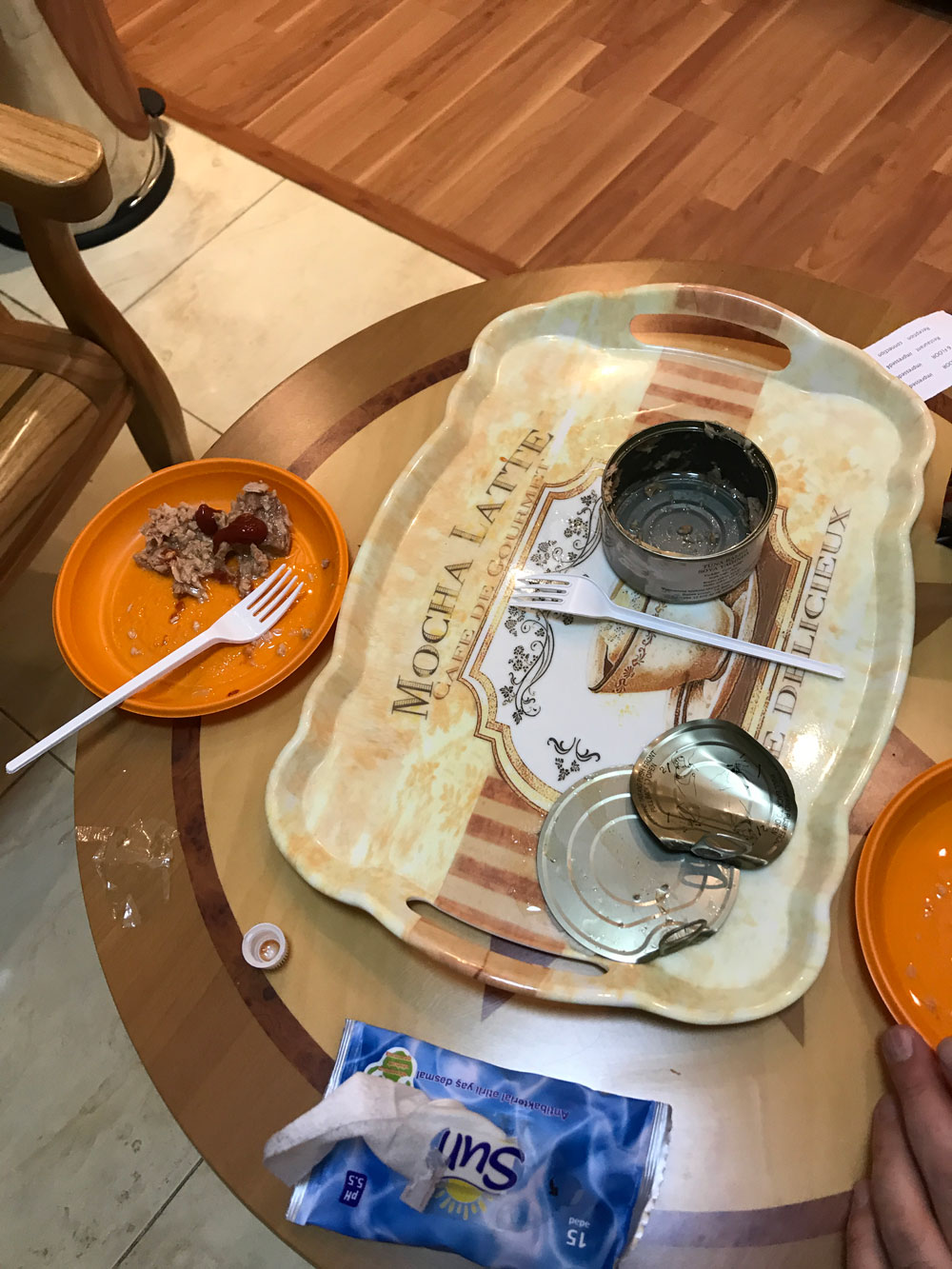
It was already late at night when we arrived at the hotel. We brought our food with us, thinking that we might have a food problem here. We were very hungry. I do not know if it is obvious from the picture.
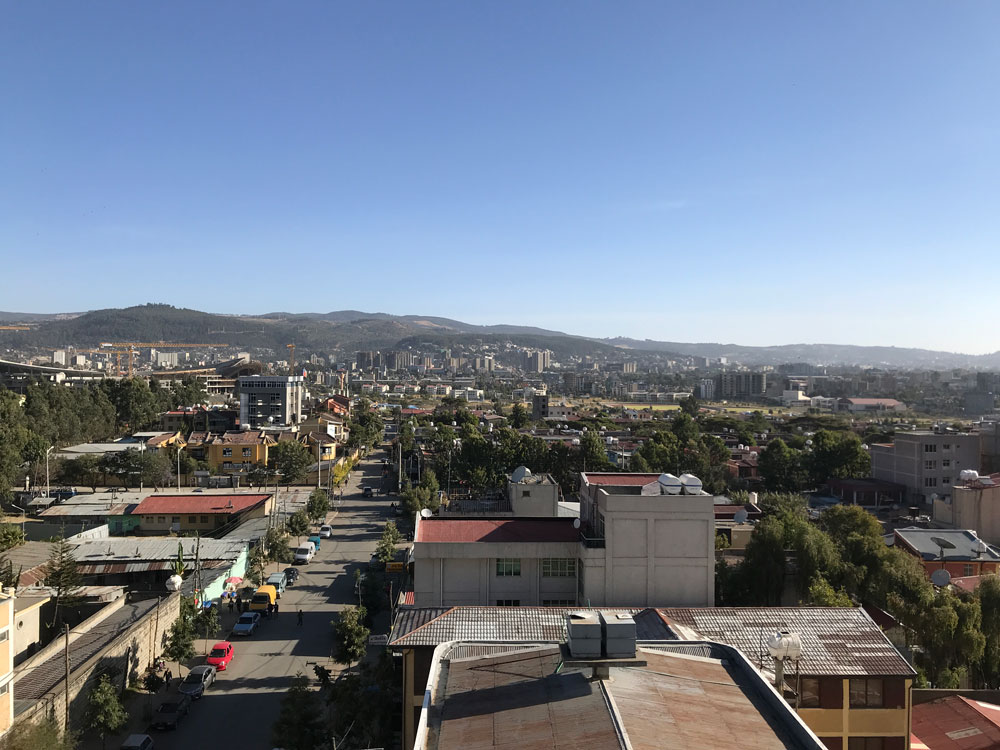
This is what the city looks like from the balcony.
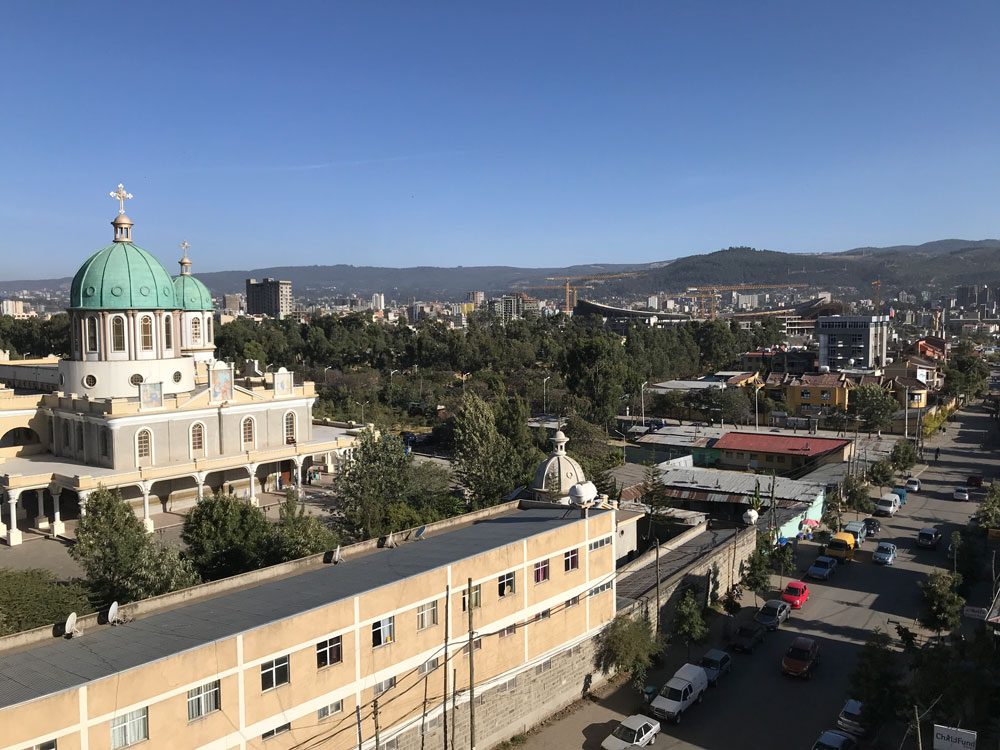
One of our windows faces the church.
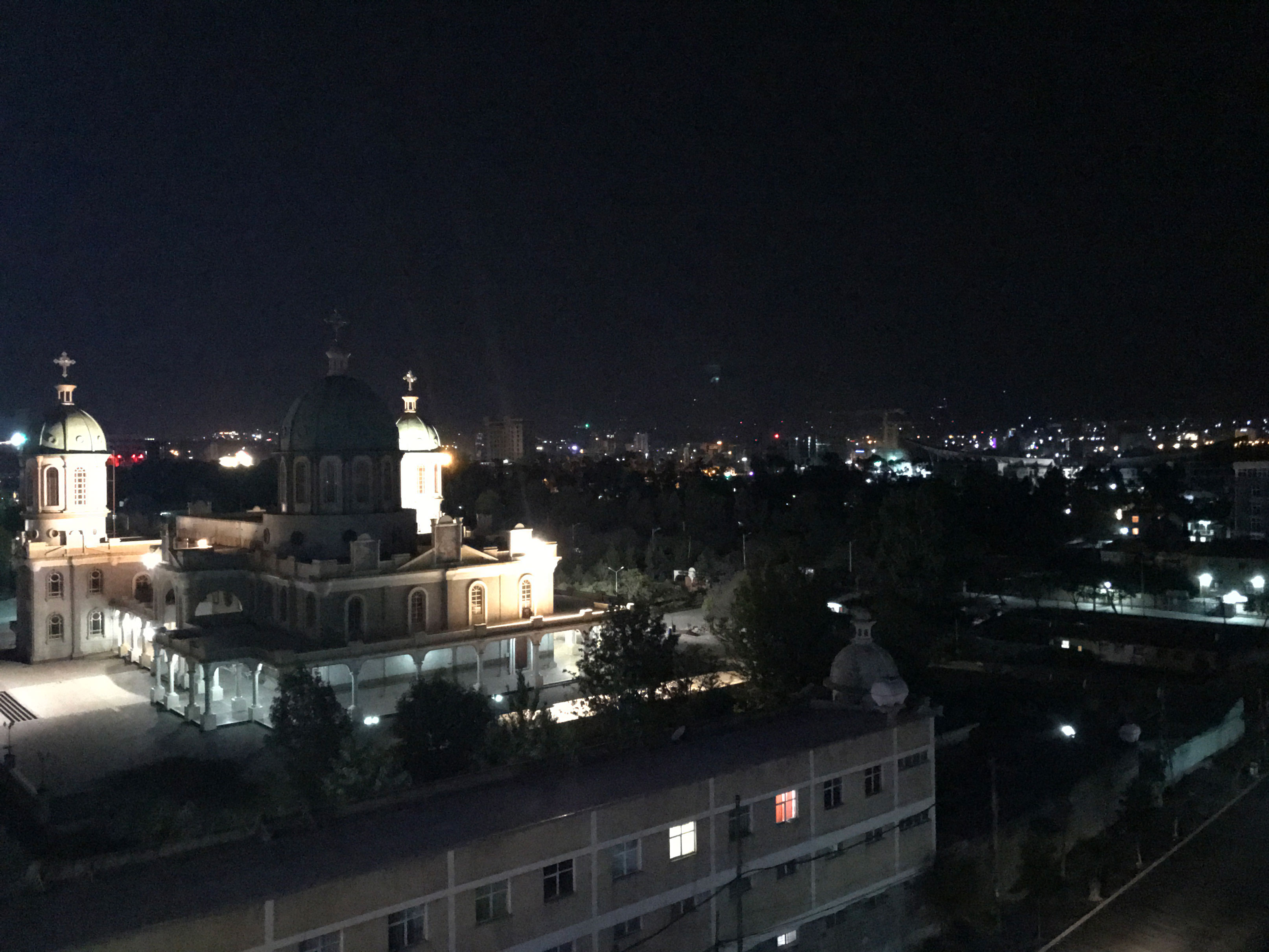
At night, the lights of the church illuminate the surroundings.
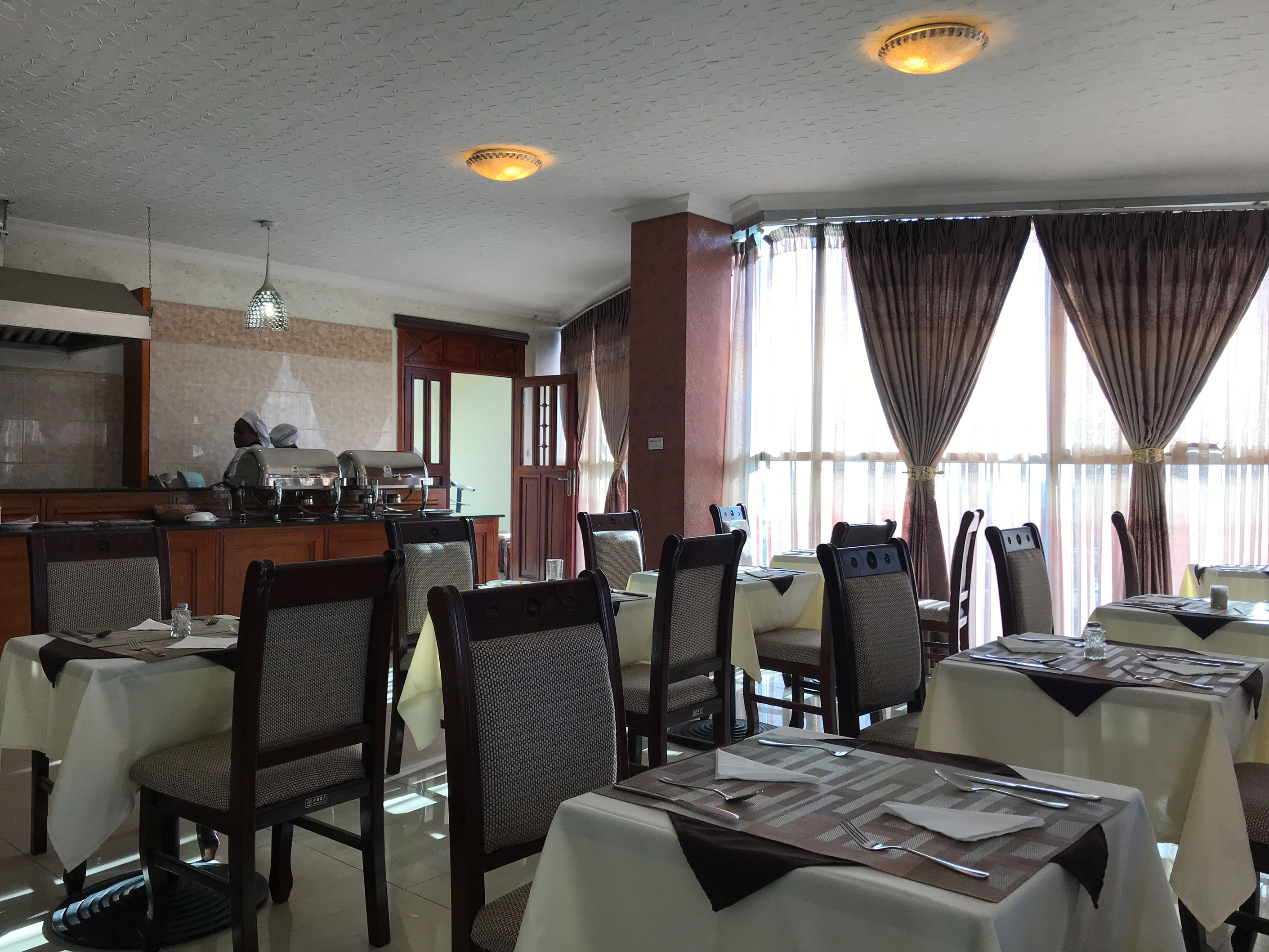
We got up early in the morning. There was a lot to do today. Our first task was to get to the dining room for breakfast immediately.
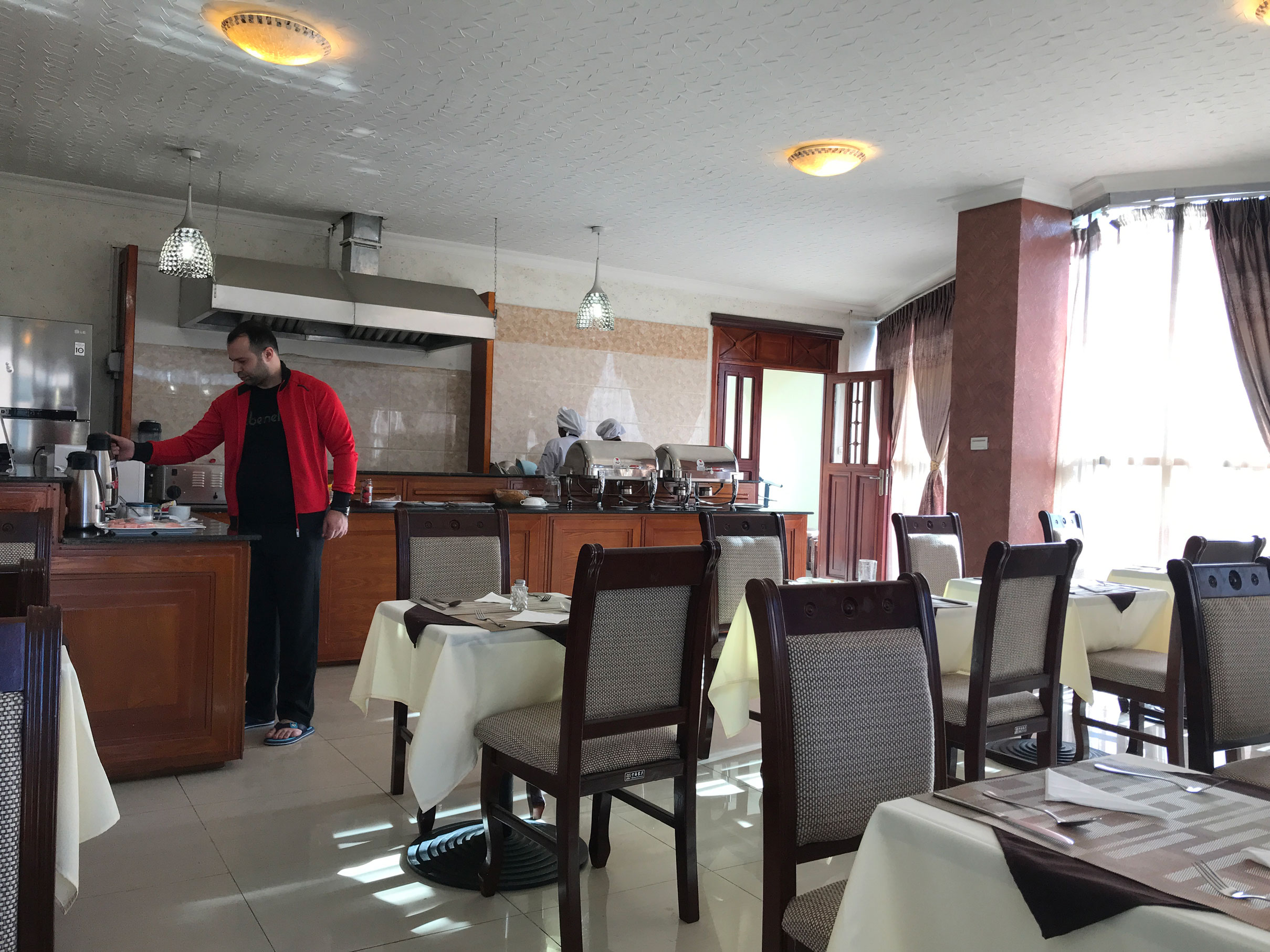
There was a terrible stench coming from the floors, and perhaps for the first time in my life I had smelled such stench. We forced ourselves into the dining room. Alas, there was almost nothing here that we could call “food”.

When you come to the place of coffee's first homeland, you can find only instant coffee package.
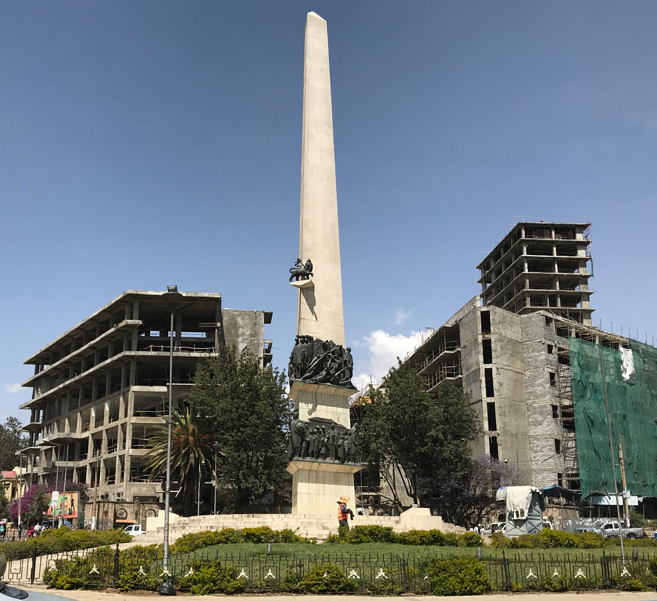
The lion is considered a sacred symbol of power in Ethiopia.
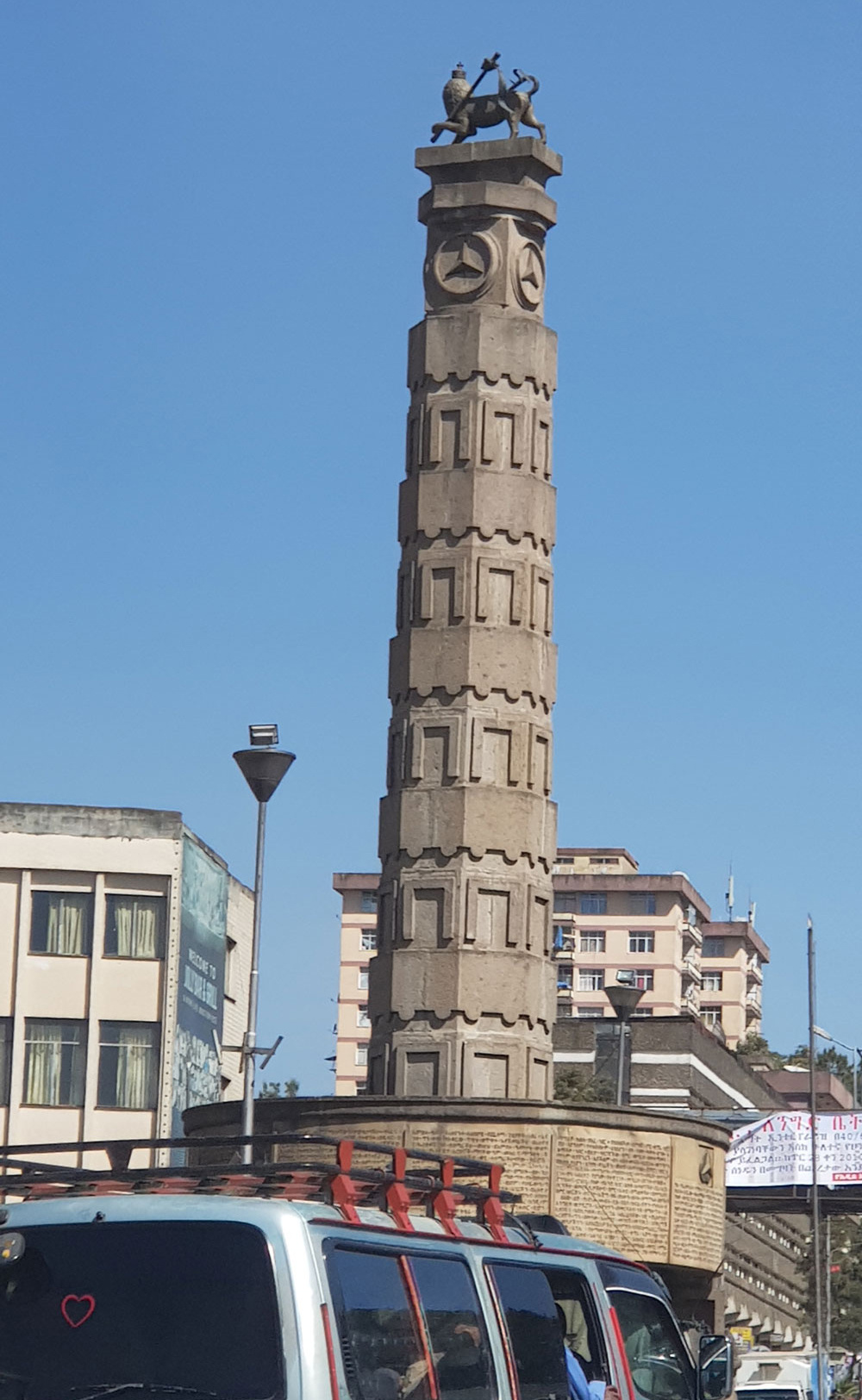
This lion symbol, which you can find in their flags and in many streets and squares, hotels, actually has a religious origin. Judah's lion dates back to the Old Testament.

In the past, the Ethiopian flag could be seen with a crowned lion. This showed the country's commitment to the Christian church. Today, a lion has been removed from the flag.
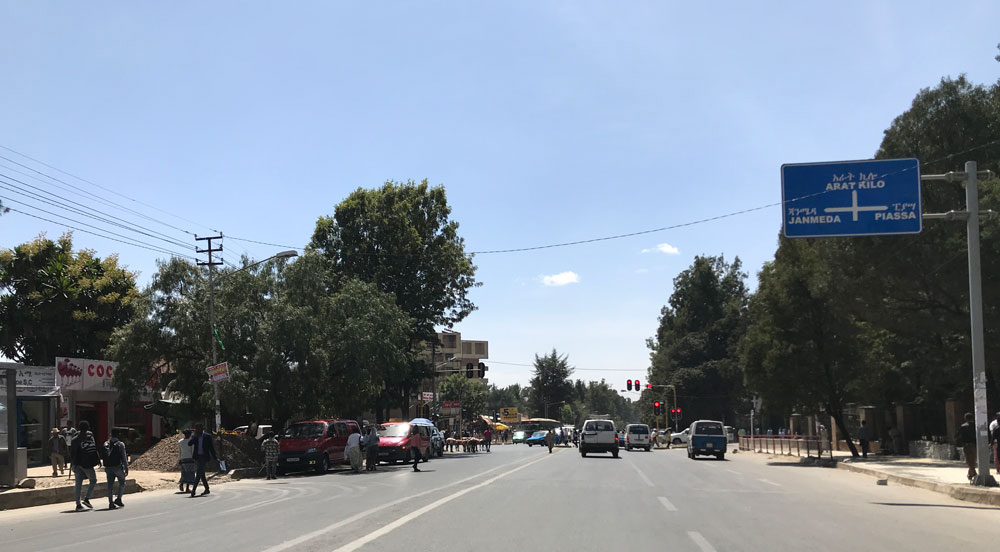
Addis Ababa is one of the largest cities in Africa, as well as a business and diplomatic center. In this sense, it can be called "Brussels of Africa." It is sometimes called the "capital of Africa" because of its importance to the continent.

The center of the city reminds us of ruins in the remote places.
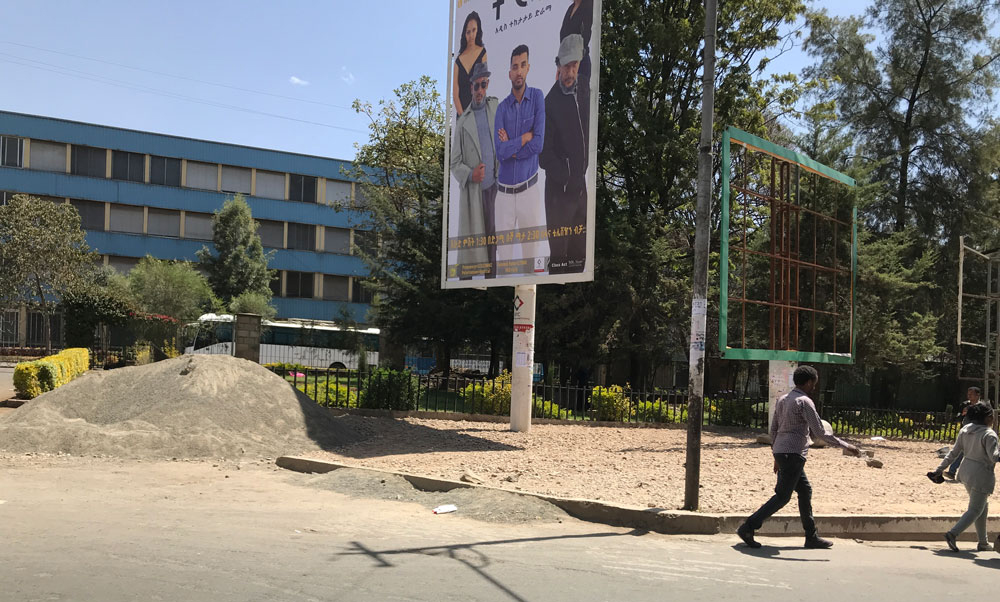
Ethiopians are considered to be one of the most ancient people on the planet.
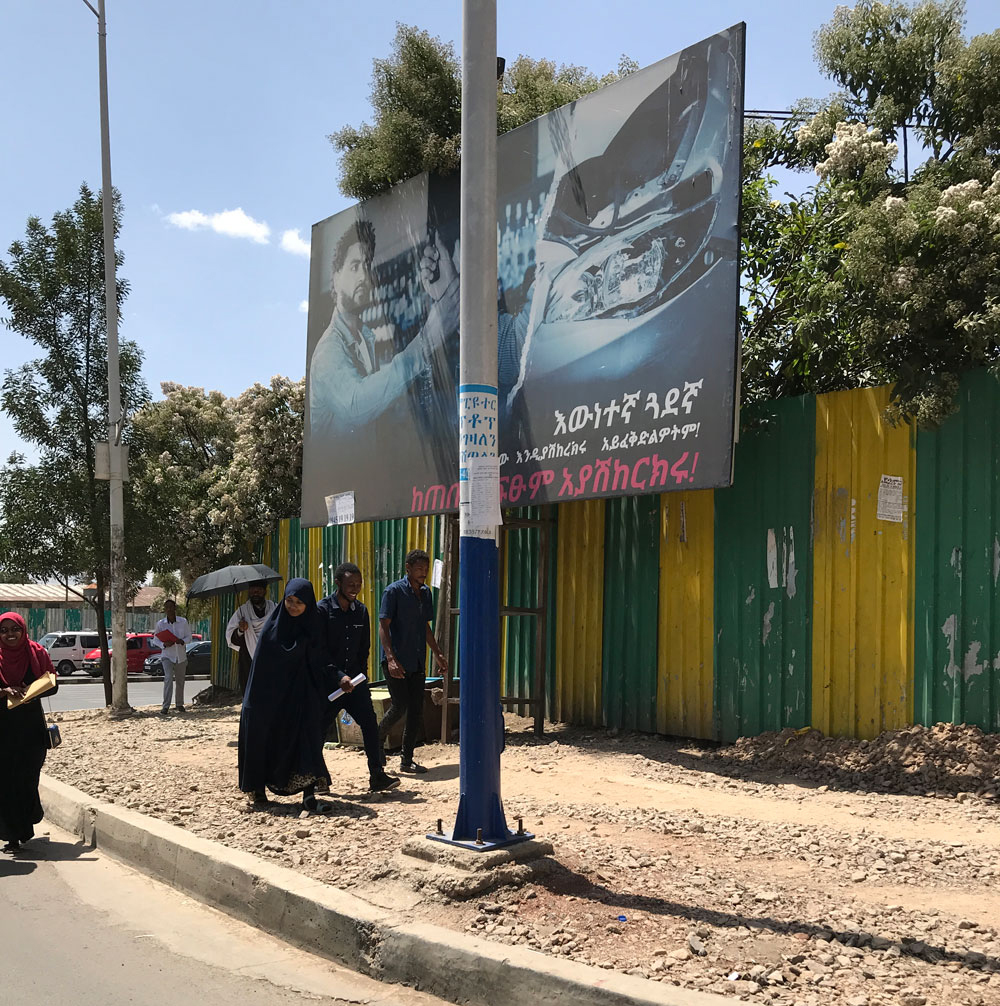
"Addis Ababa" means "new flower" in Amharic. However, when you see the city, you doubt the accuracy of the translation. The Chinese began large-scale construction in the city; they say, they have a great reputation here. Maybe they can do something good here. In general, during my travels abroad, I concluded that the Chinese were scattered all over the world because their country was too small. There was no European or African city I visited that I did not see many Chinese. After all, they usually go everywhere in bulk.
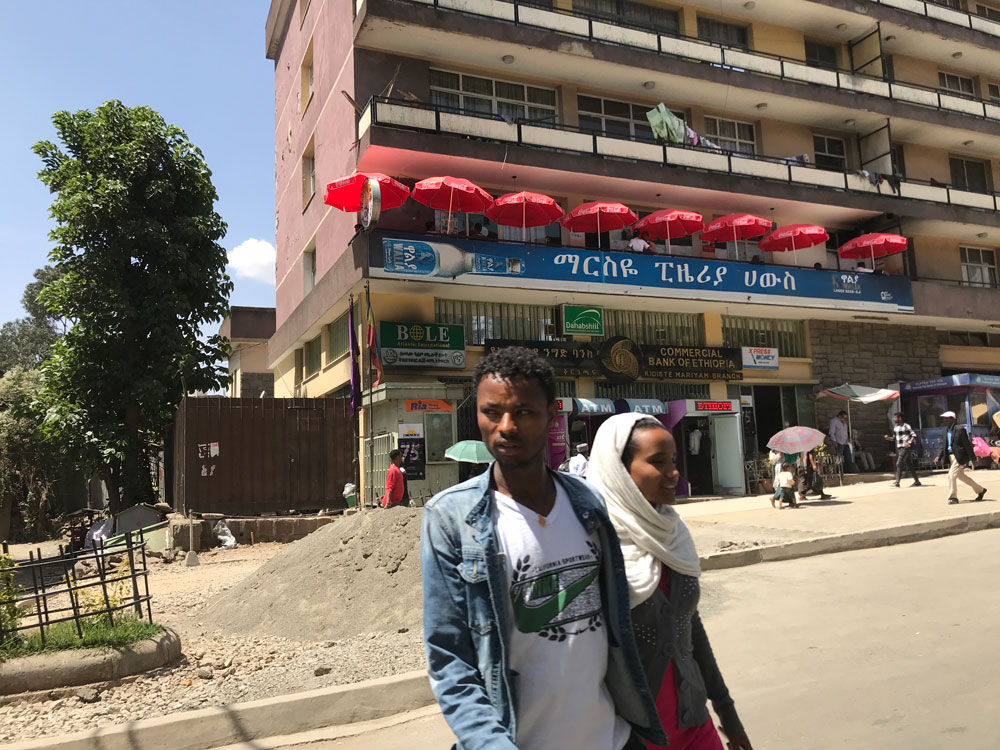
The streets of Addis Ababa.
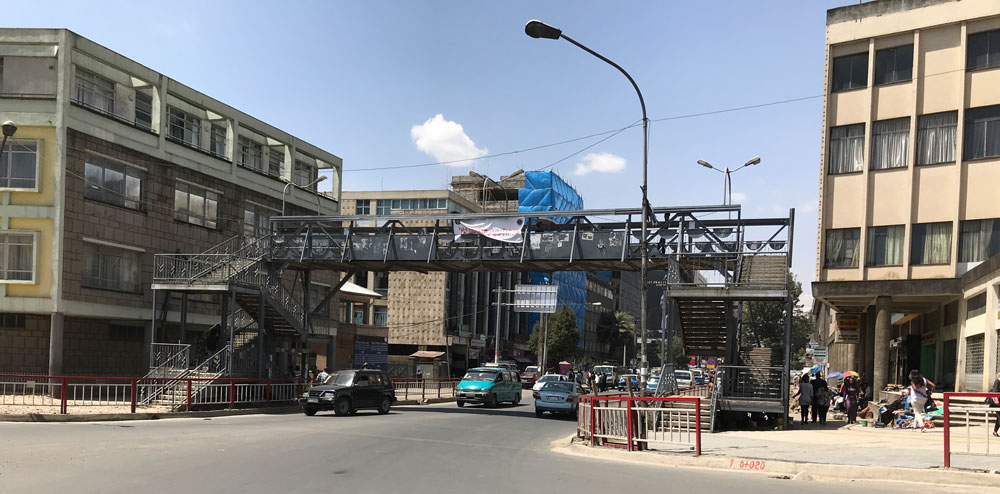
The driver and guides repeatedly told us to be very careful when we opened the car window, so that thieves could not take our belongings from the car and run away. Can you imagine it happening during a daylight? Nevertheless, I must also say that Europe is already reaching Africa in this regard. Twice in a day in the center of Dublin, in front of my eyes, they grabbed the bag from a man's hands and ran away.
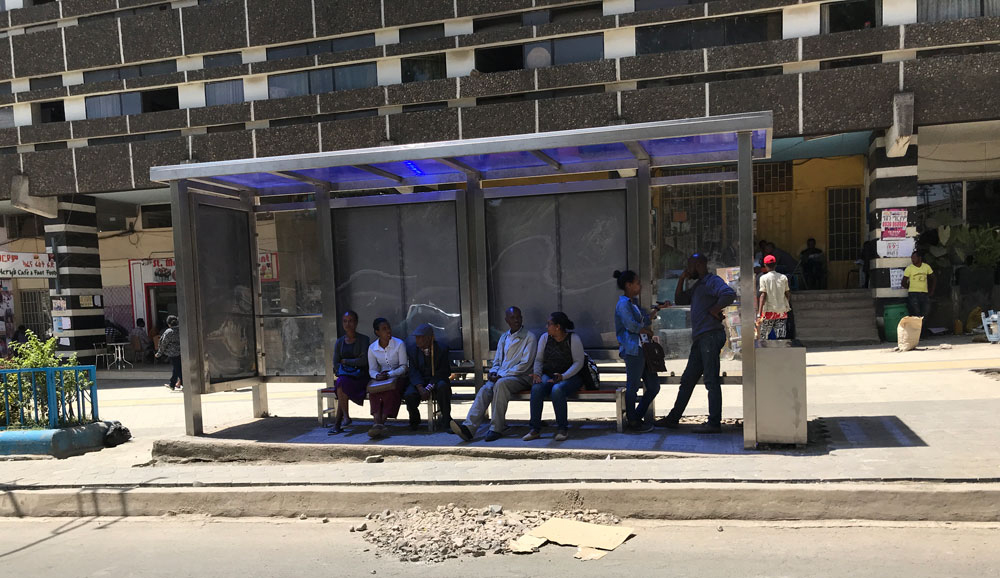
Bus stop in the city. It is common to wait for transportation under the heat of the Sun for a long time.
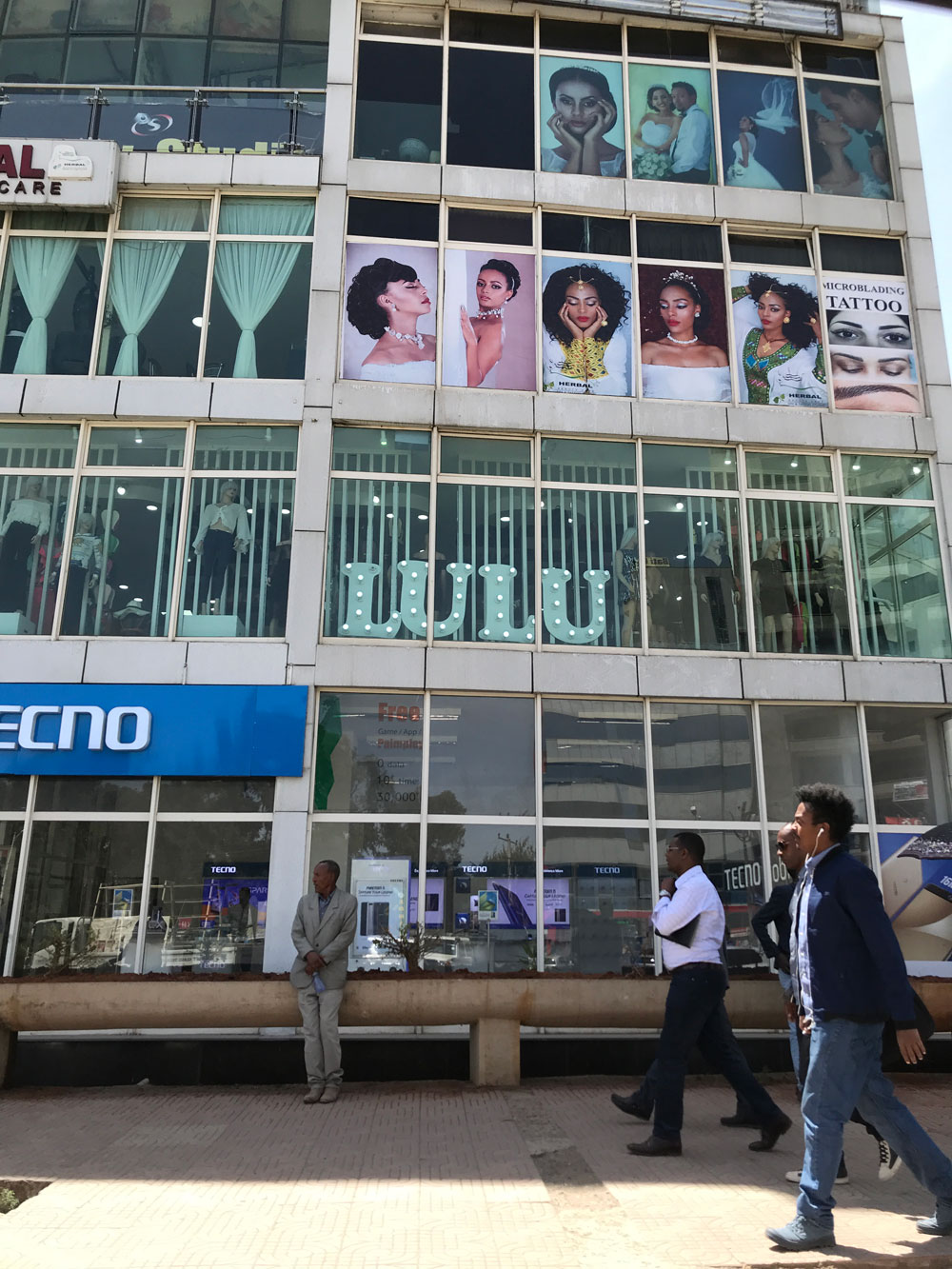
Shopping center
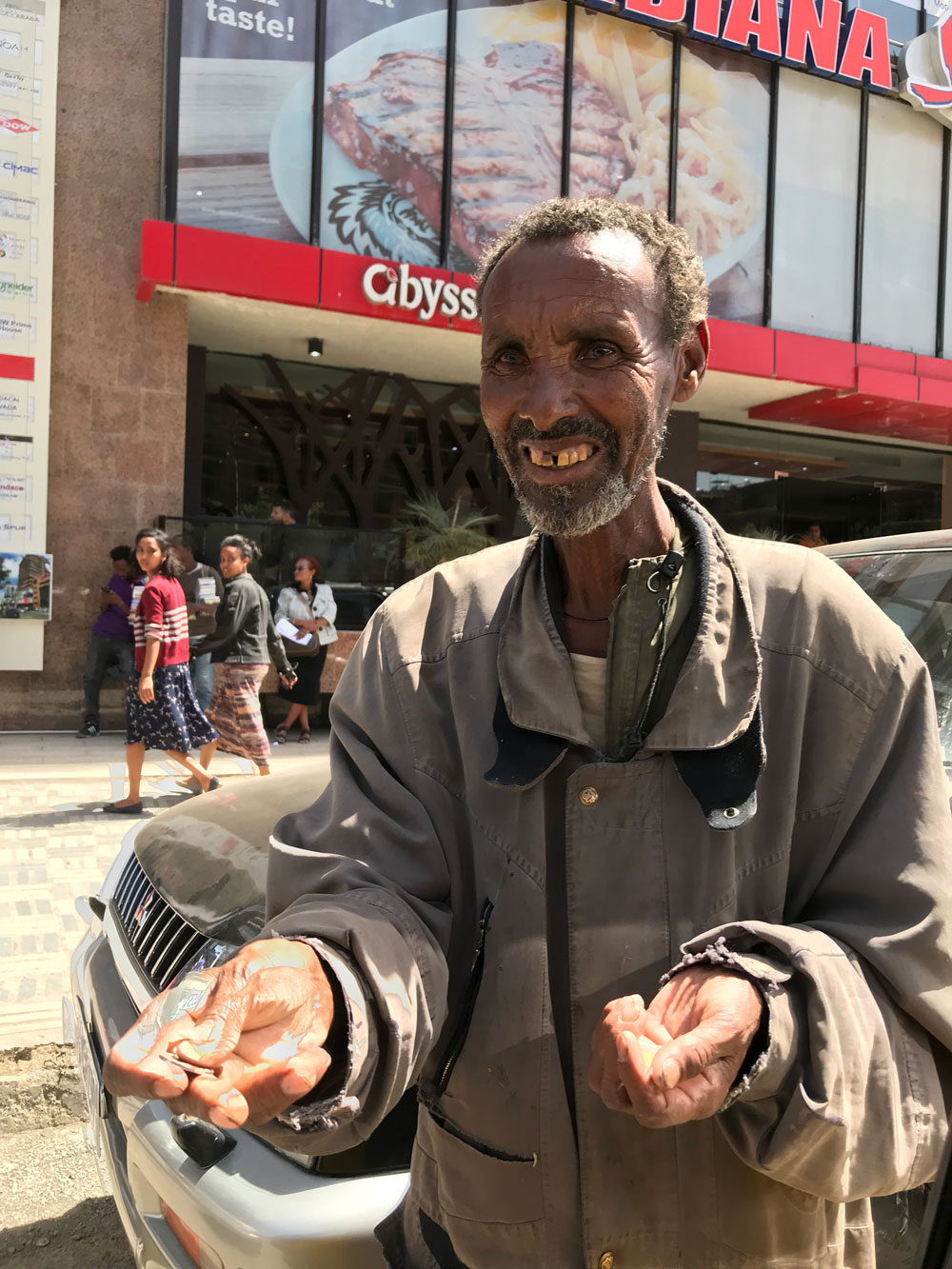
Poverty is the business card of almost every city in Africa. Every step of the way, you come across with stinky, dirty, half-dressed people. They are in a very miserable condition. Even though, it is still the capital, the beating heart of the country.
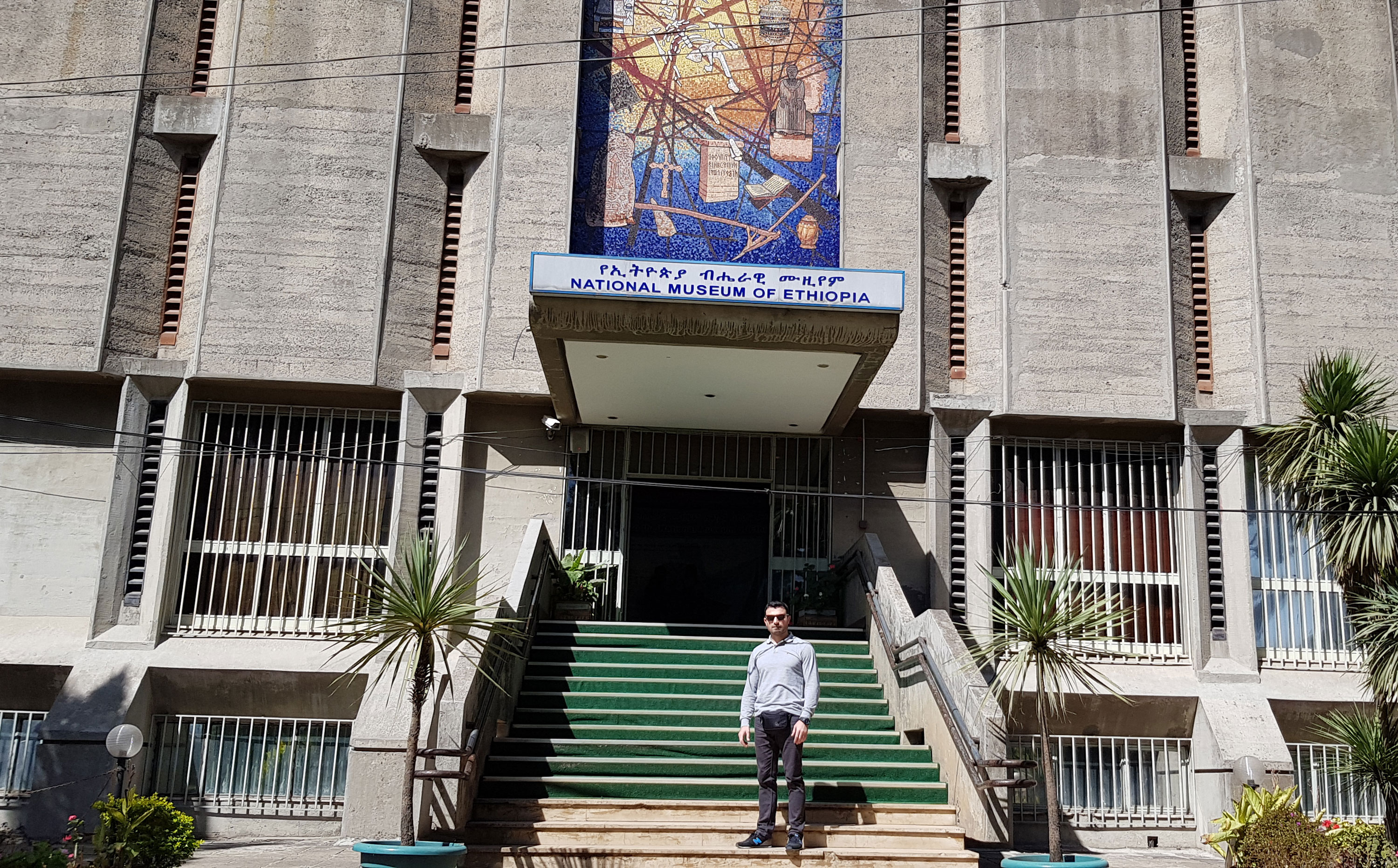
The first important place for science lovers in Addis Ababa is the Ethiopian National Museum. The remains of the famous Lucy are kept here. Lucy was a member of the human-like species that lived 3.2 million years ago. She died because of falling from height. The museum also has various exhibits on Ethiopian art, history and culture.
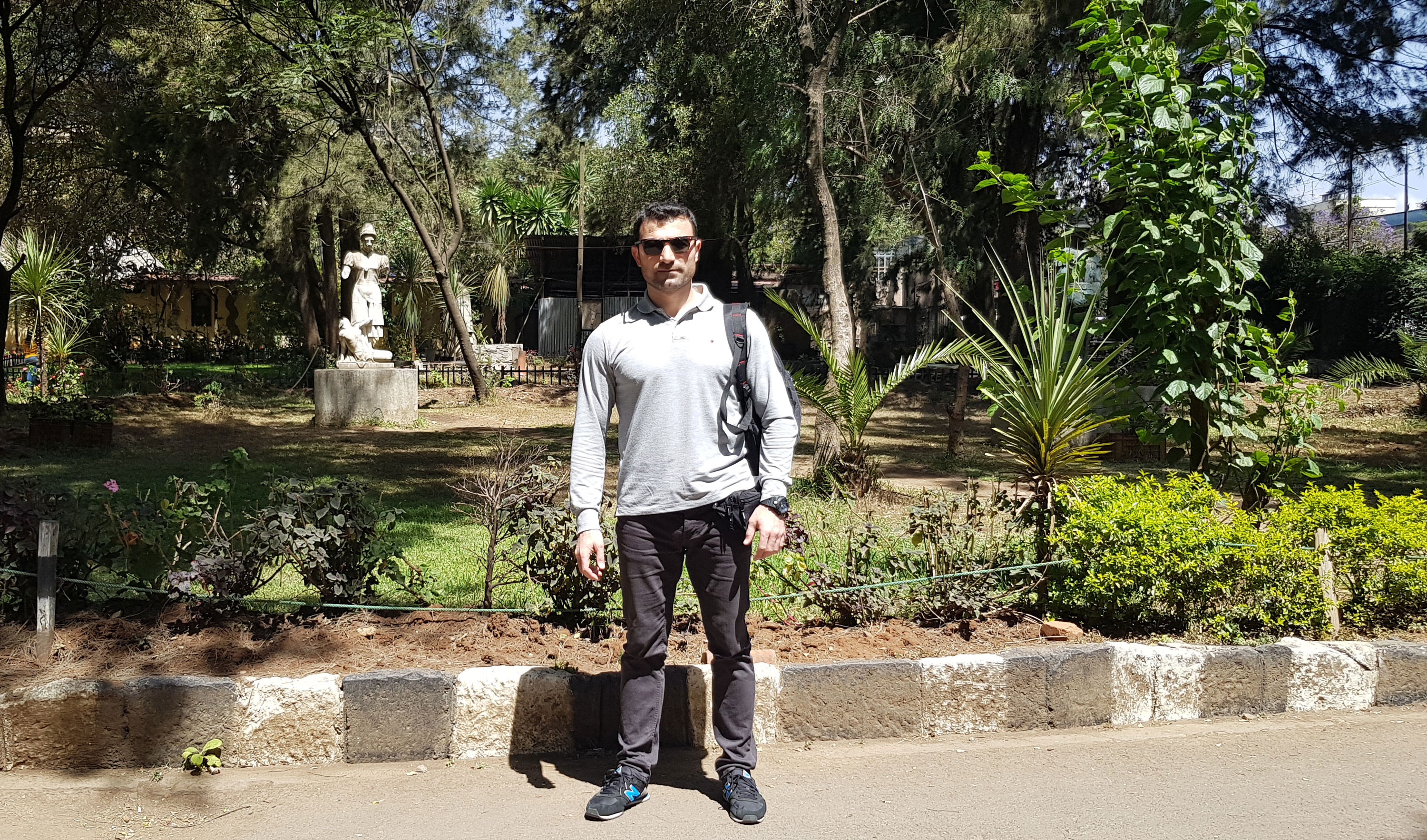
This is the yard of the museum. On the one hand, Alexander Pushkin's roots go back to Ethiopia. A bronze statue of him was built in Addis Ababa. I did not have time to take a photo of it.
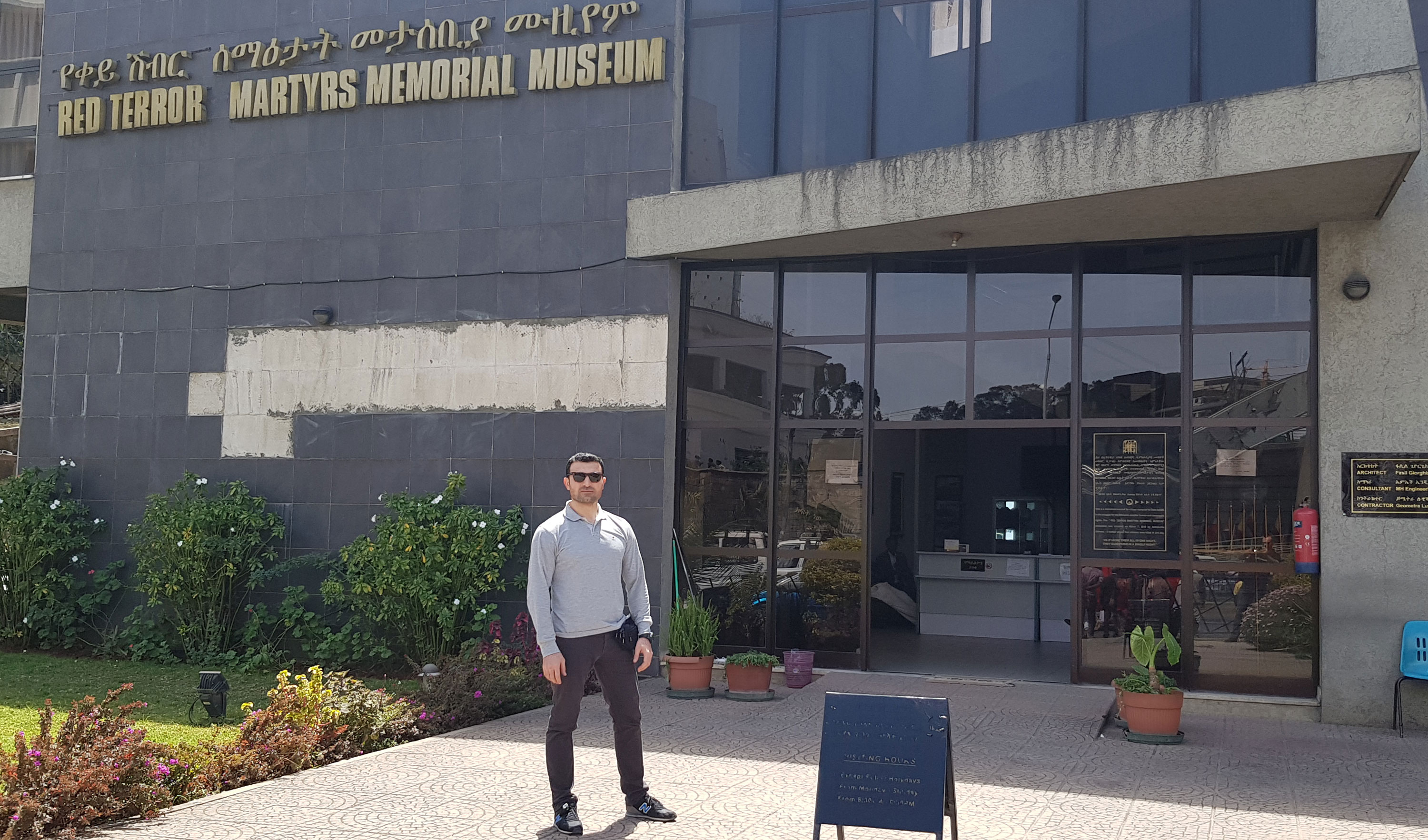
There was a man called Menqistu Haile Mariam who was the president of Ethiopia. There is also a museum called "Red Terror", which reflects the massacres he committed during the Civil War. The museum draws attention to the bones of people killed, their clothes, and pictures of victims, torture, and historical documents. One room is filled only with the skulls and skeletons of victims of repression.
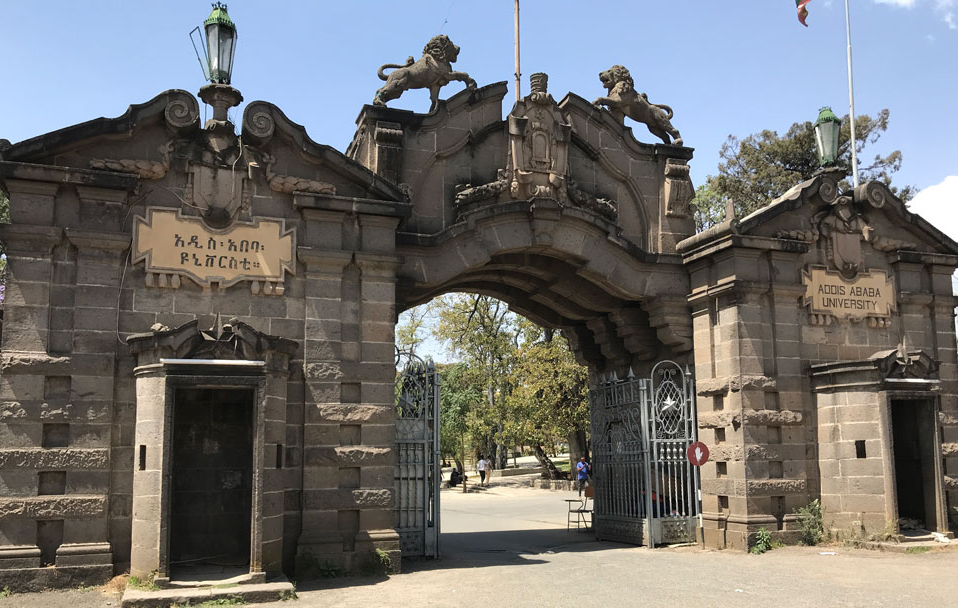
This is the largest university in the capital.
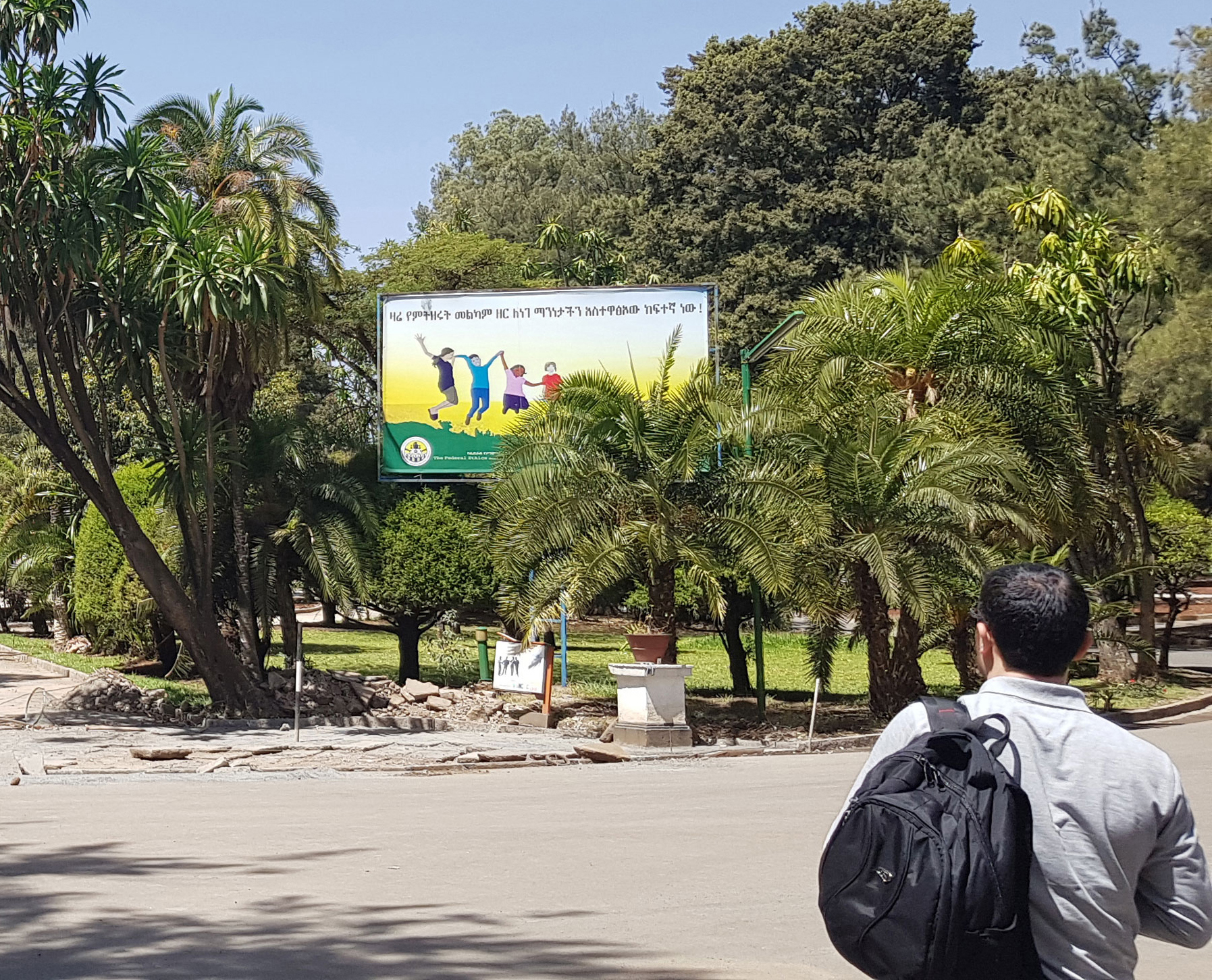
It also has a beautiful park.
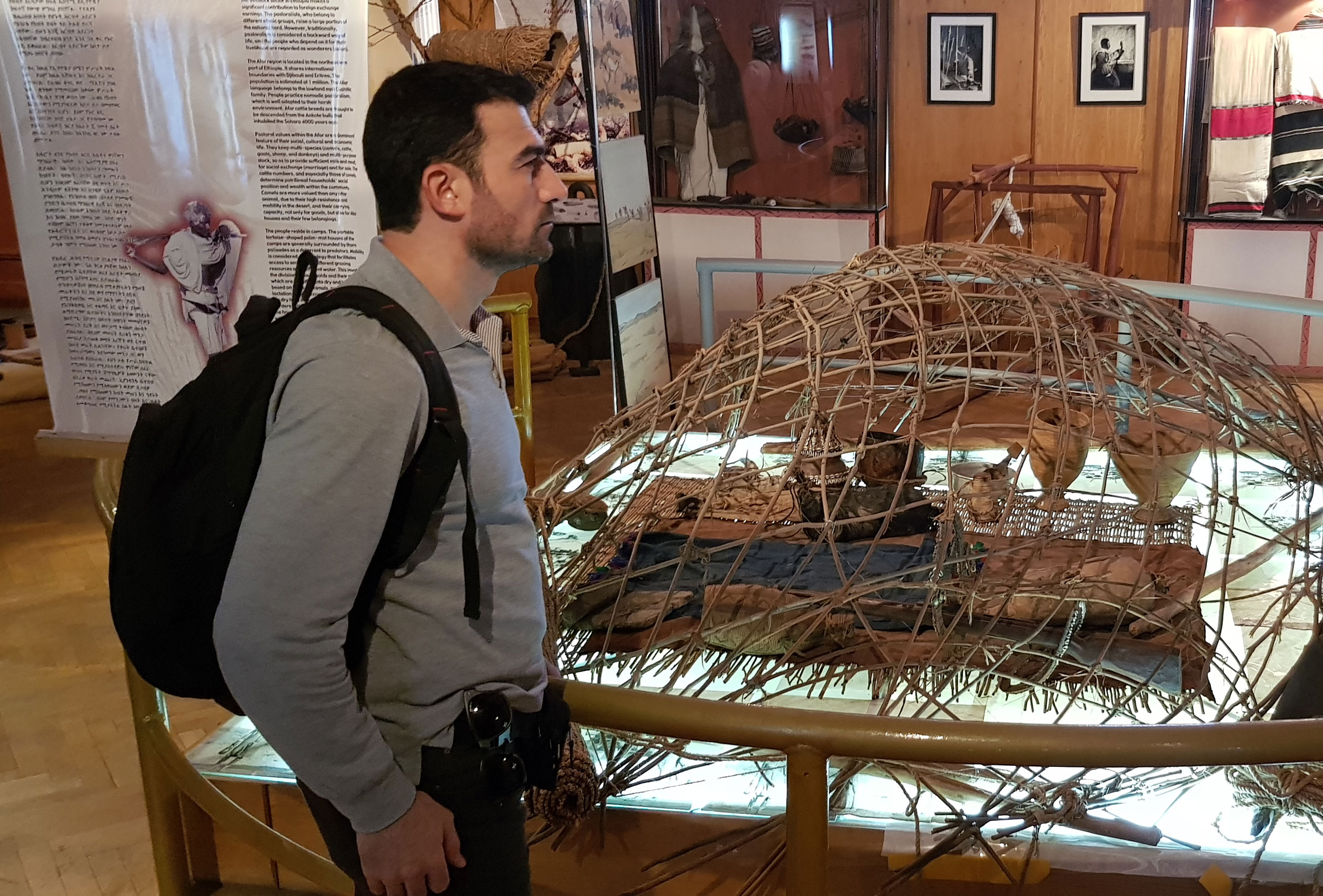
There is an ethnographic museum within this park.
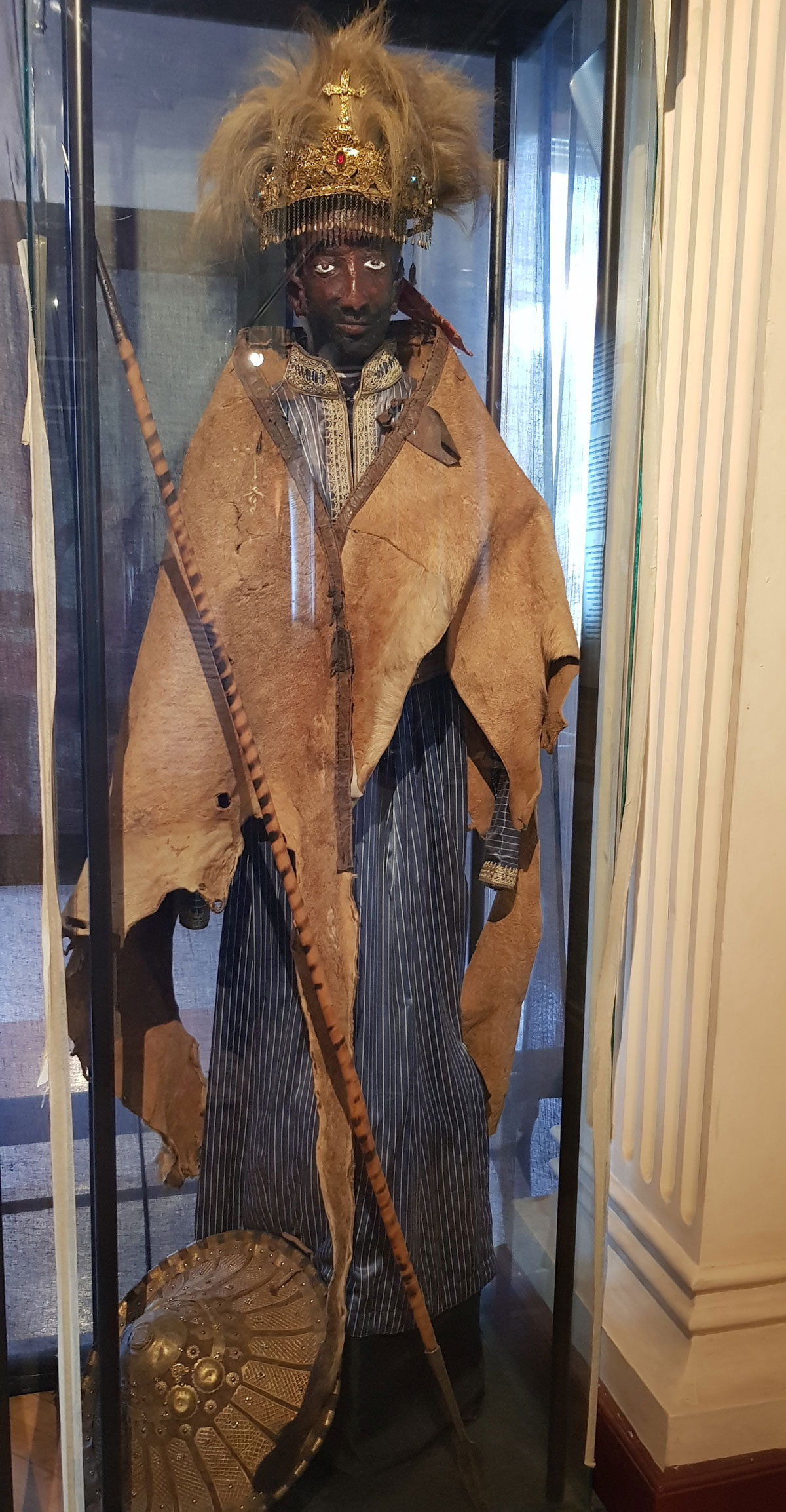
It is very useful to study the traditions of the Ethiopian people. But for people who are not interested in history and culture, it can be boring. Personally, as a person interested in ethnography, I was interested.
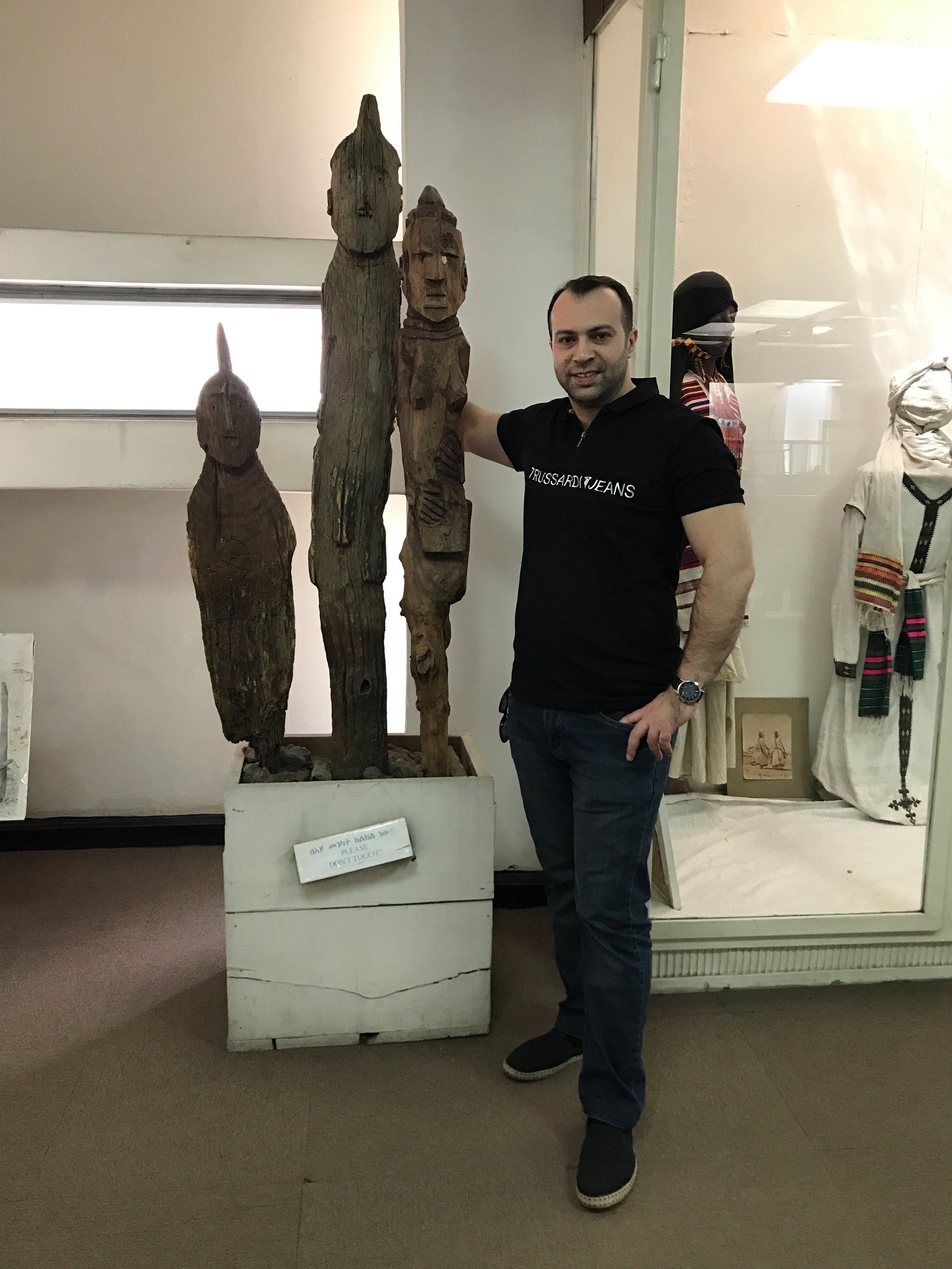
Elvin does not look bored either.
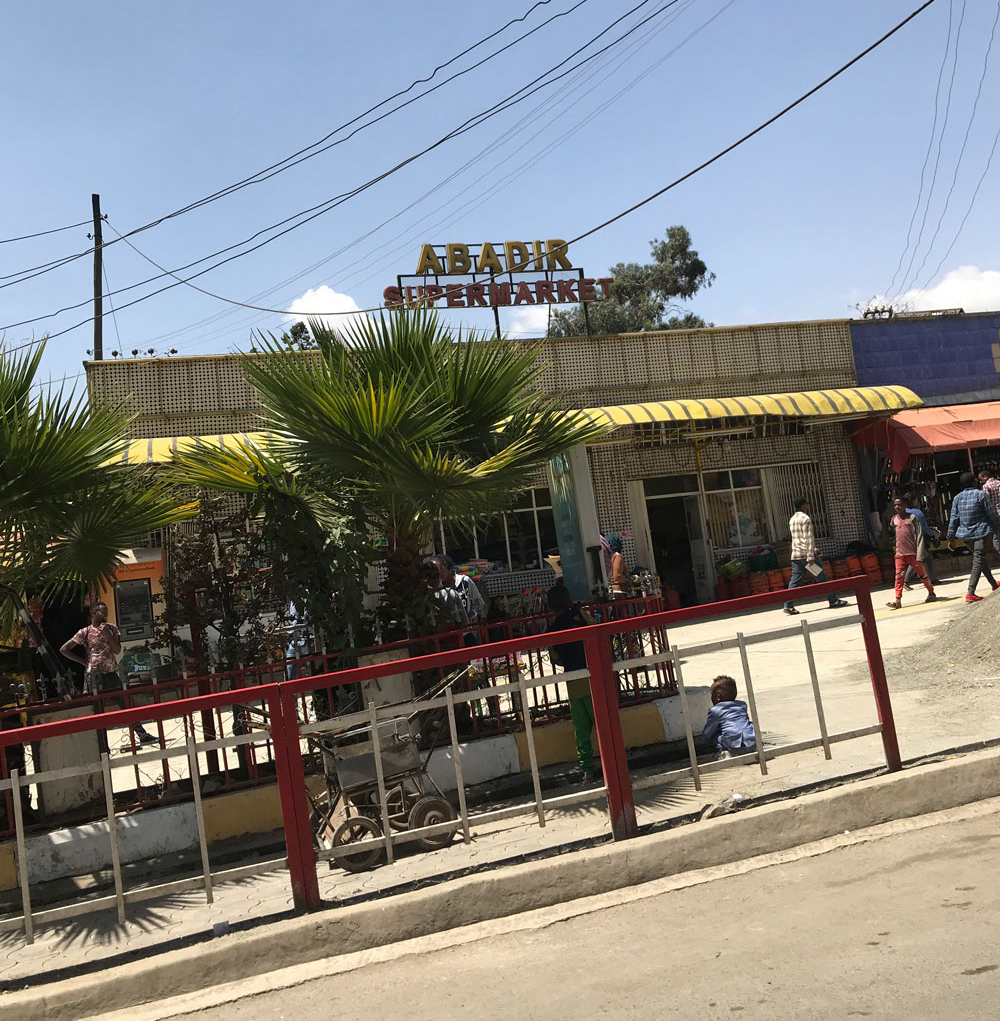
Their supermarkets look like our village shops.
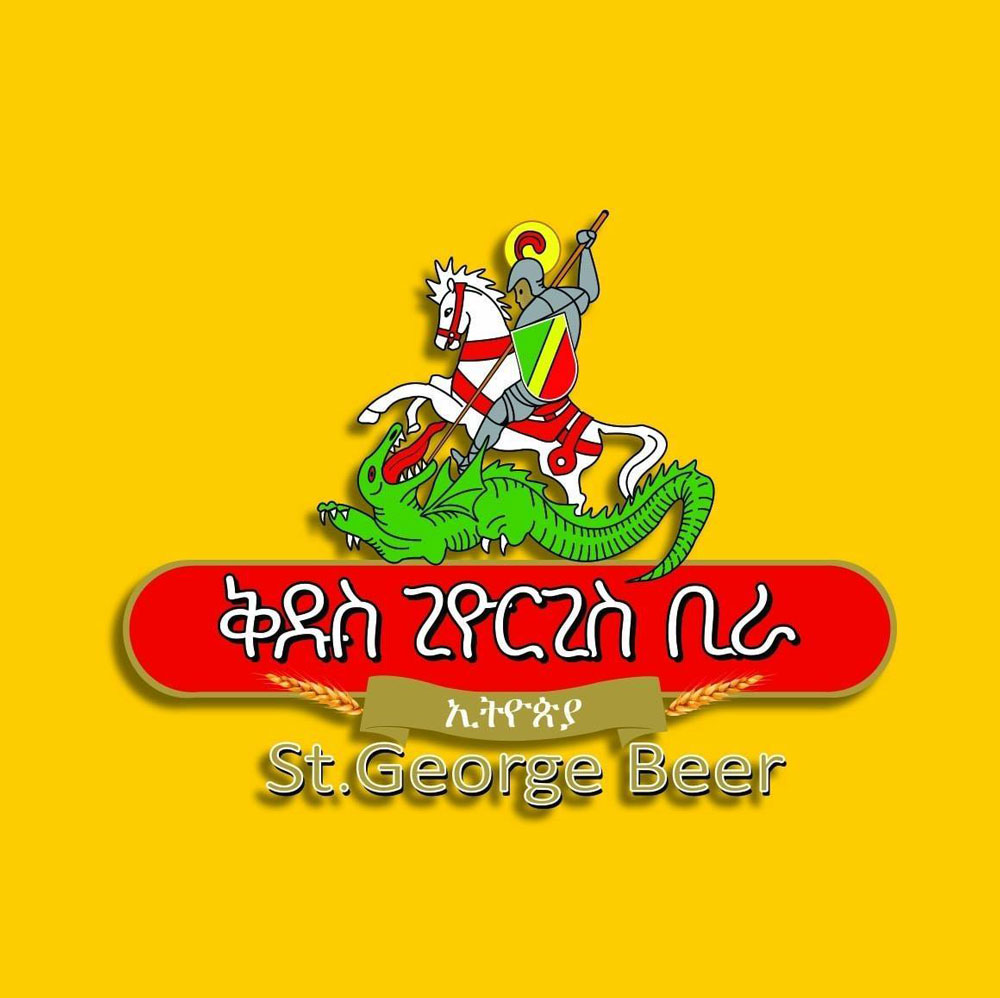
BEER St. George's beer. According to religious texts, this holy man is known for killing the Devil. Now the name is used as an advertising attribute in the production of beer.
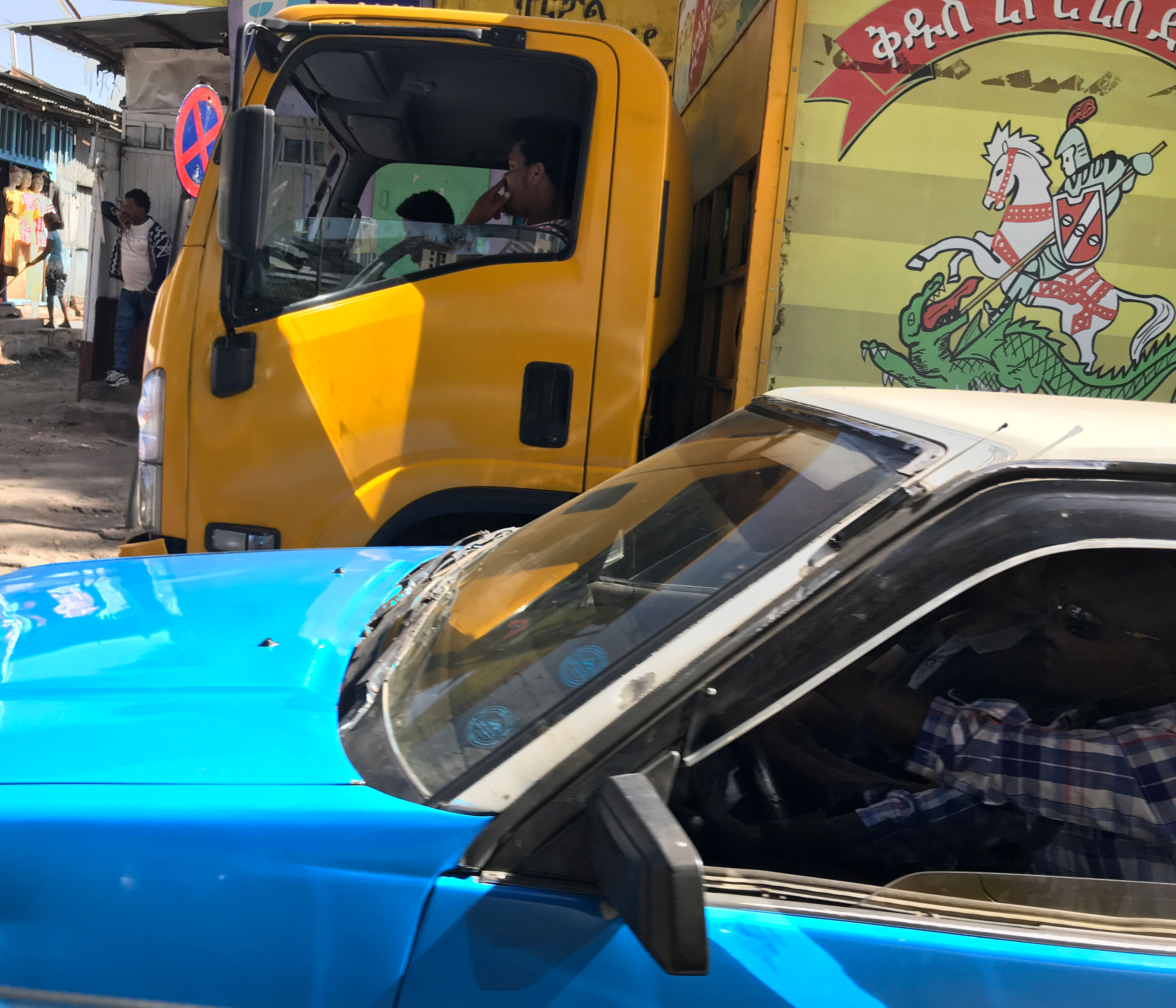
The truck in the back also advertises St. George's beer.
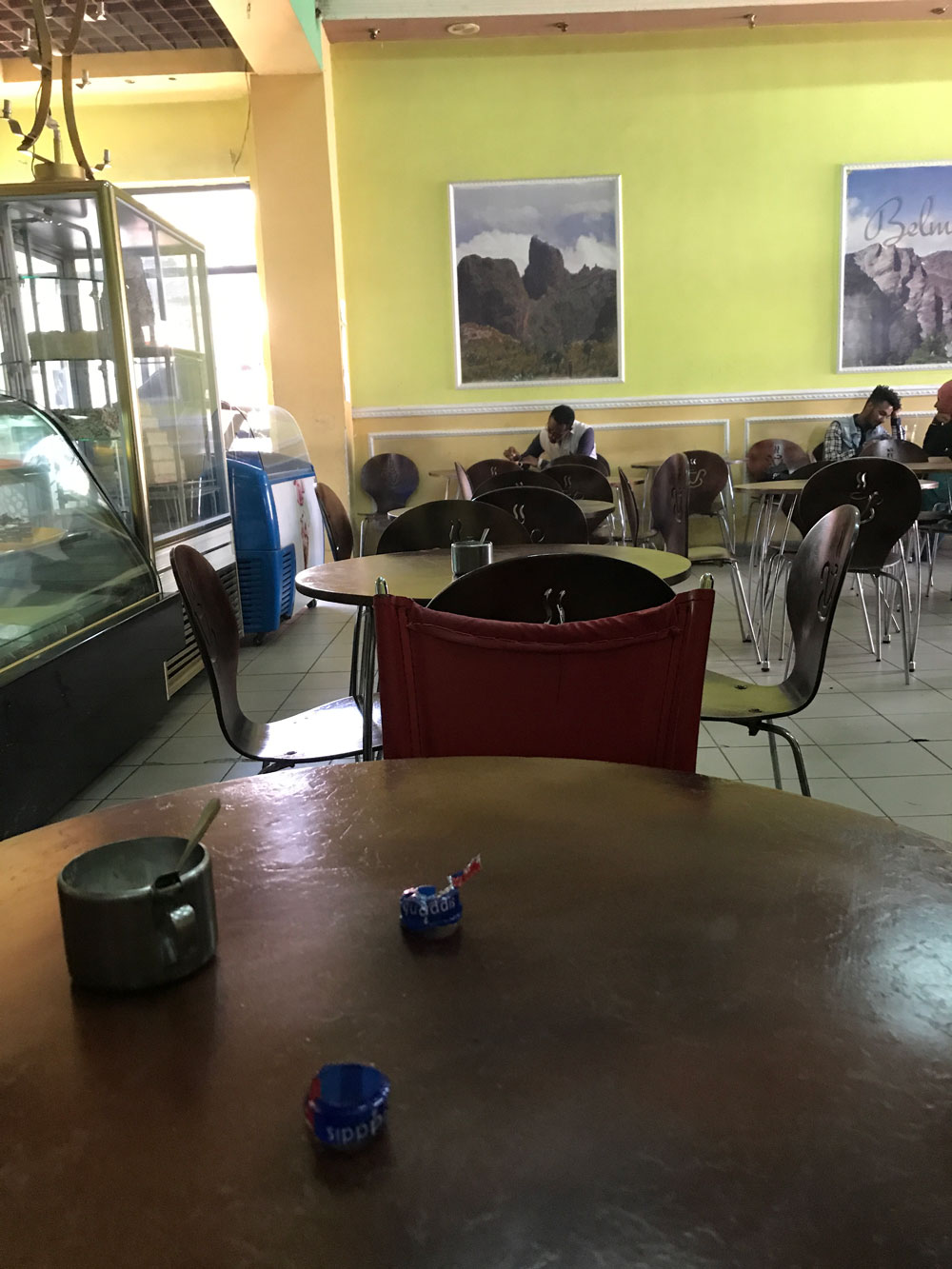
We are in one of the cafes of the capital.
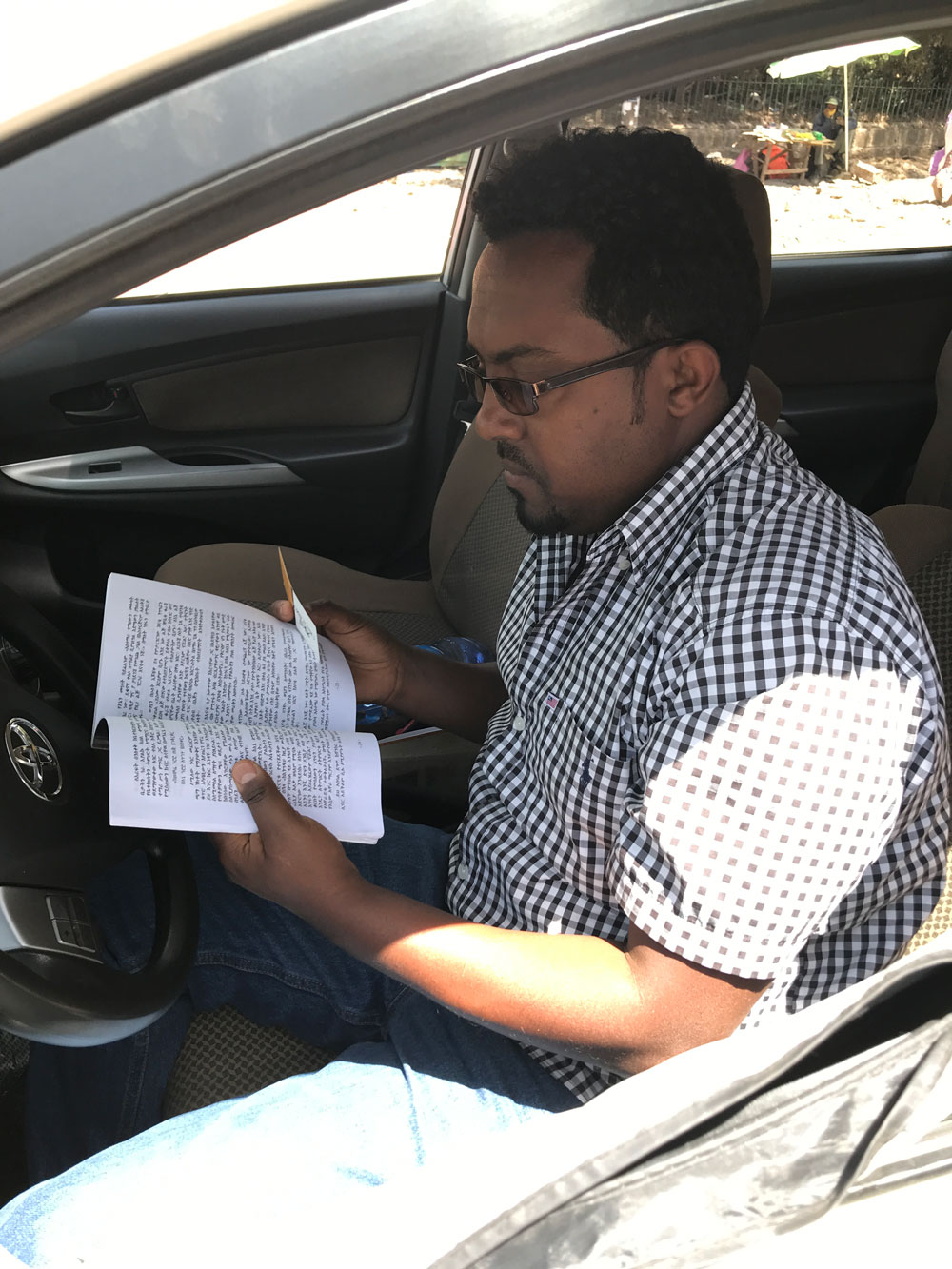
This is our driver. He knows how to use his free time while waiting for us.
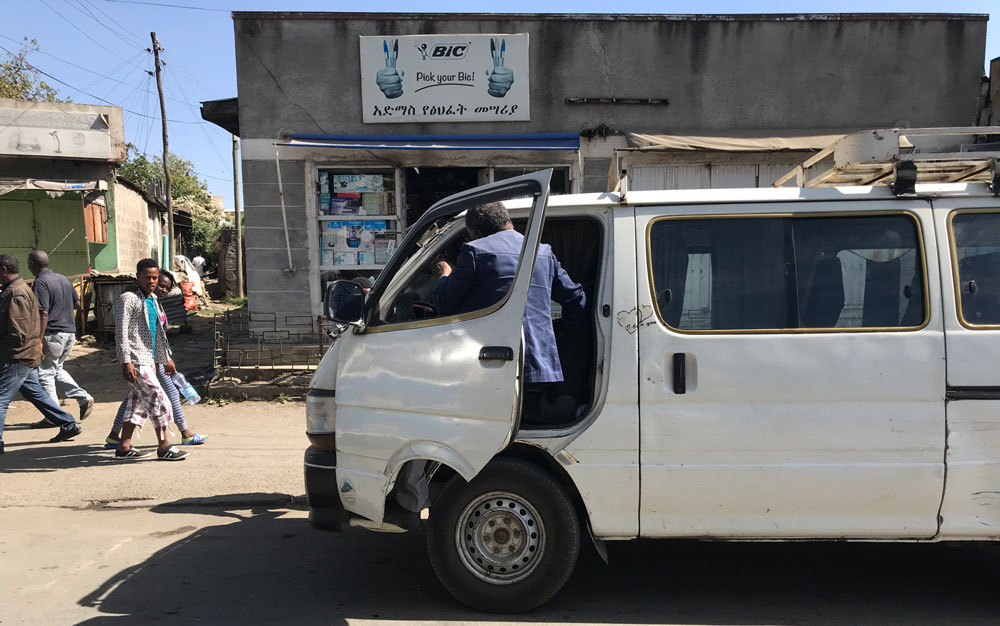
The capital really looks more like a village than a city.
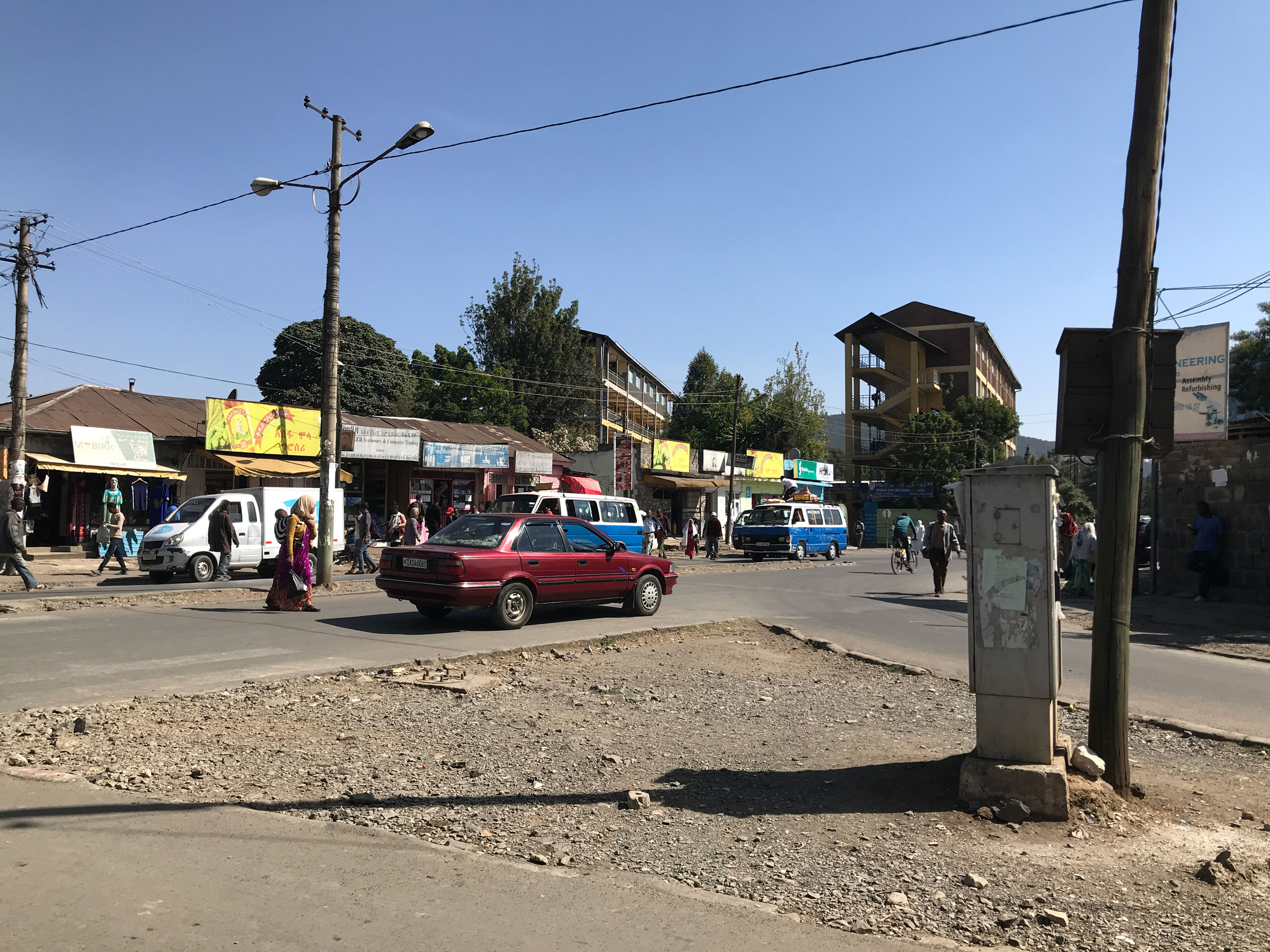
Most roads are in horrible conditions.
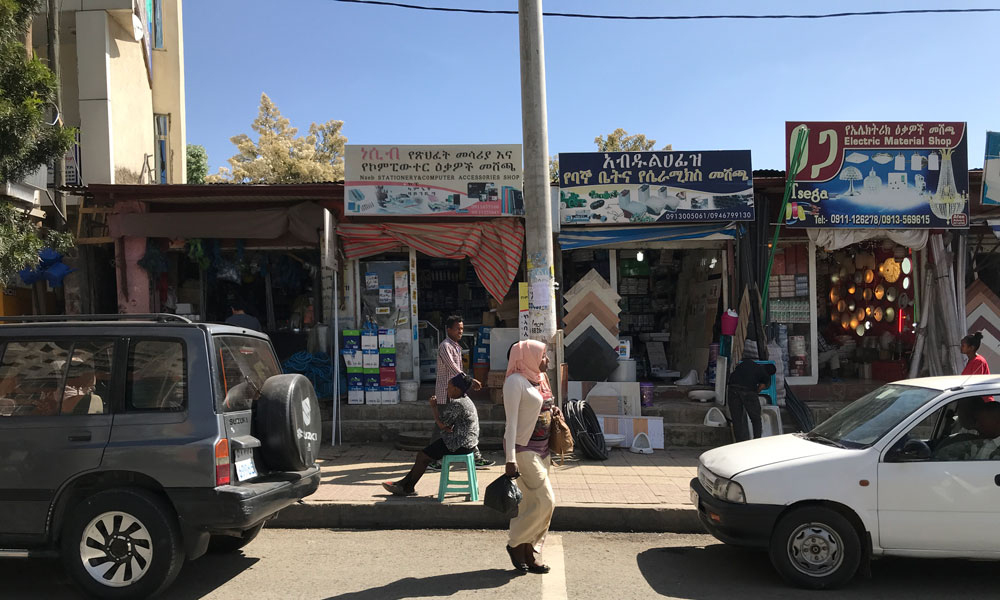
There are a lot of small shops along the sidewalks.
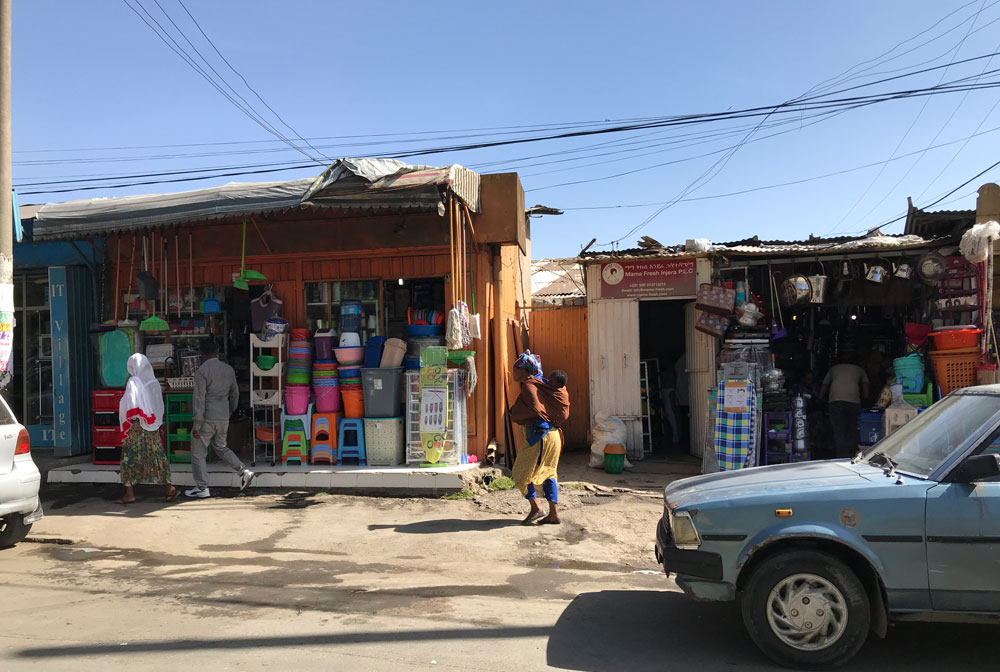
It is very common for mothers to carry their children on their backs. A scene that we have forgotten.

We often came across churches in the city.
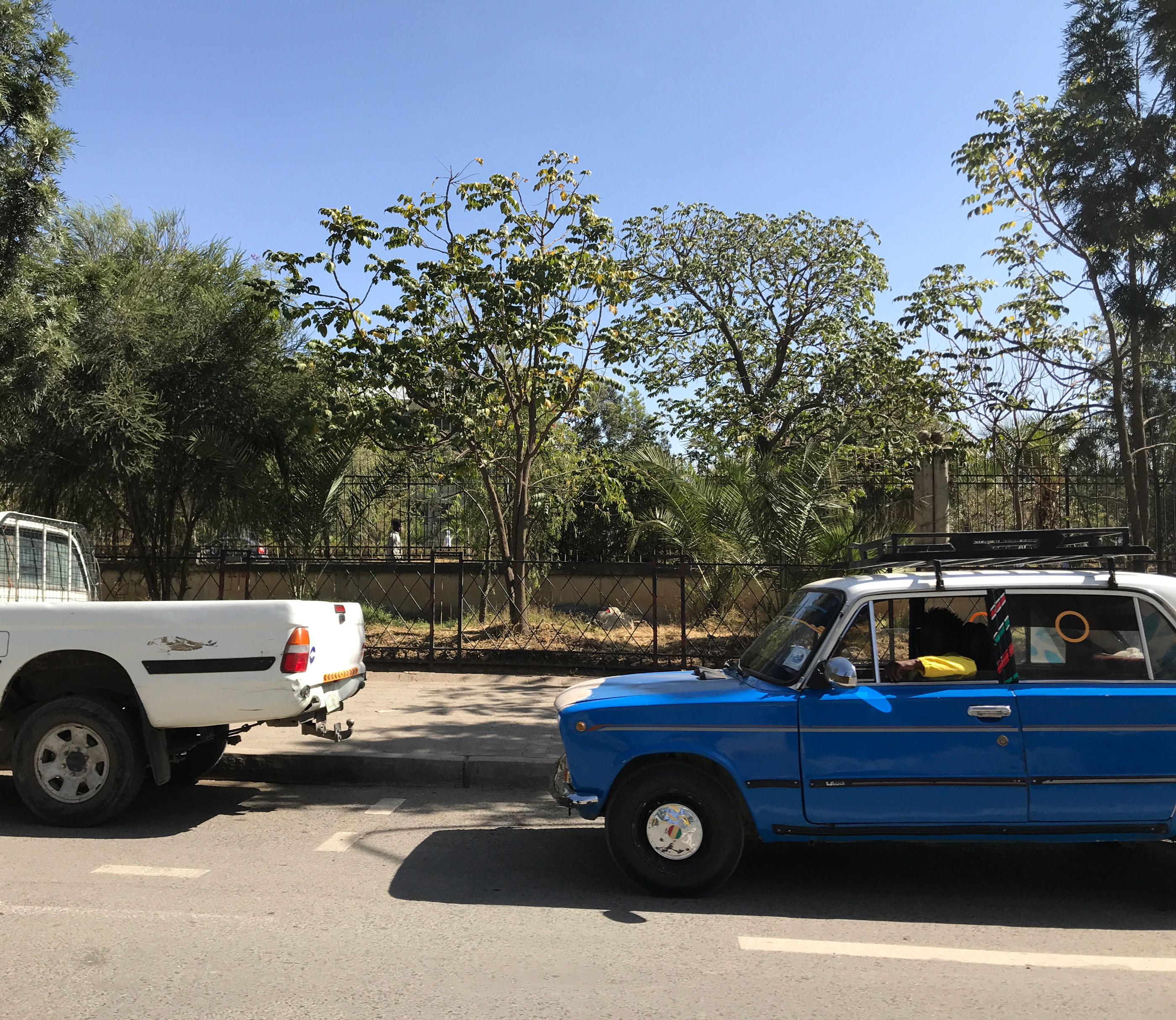
CARS Soviet cars can be considered one of the symbols of the capital. Each country has its own taxi model, and the ones here are unlike any other. Ethiopia is the only country in the world that uses old cars of the former Soviet Union, especially the oldest version of the VAZ 2101, which they use as taxis. These cars are the only attribute left over from the former friendship of the USSR with Ethiopia. In the 1980s, the Soviet Union sold cars it could not export to Ethiopians in the name of friendship.
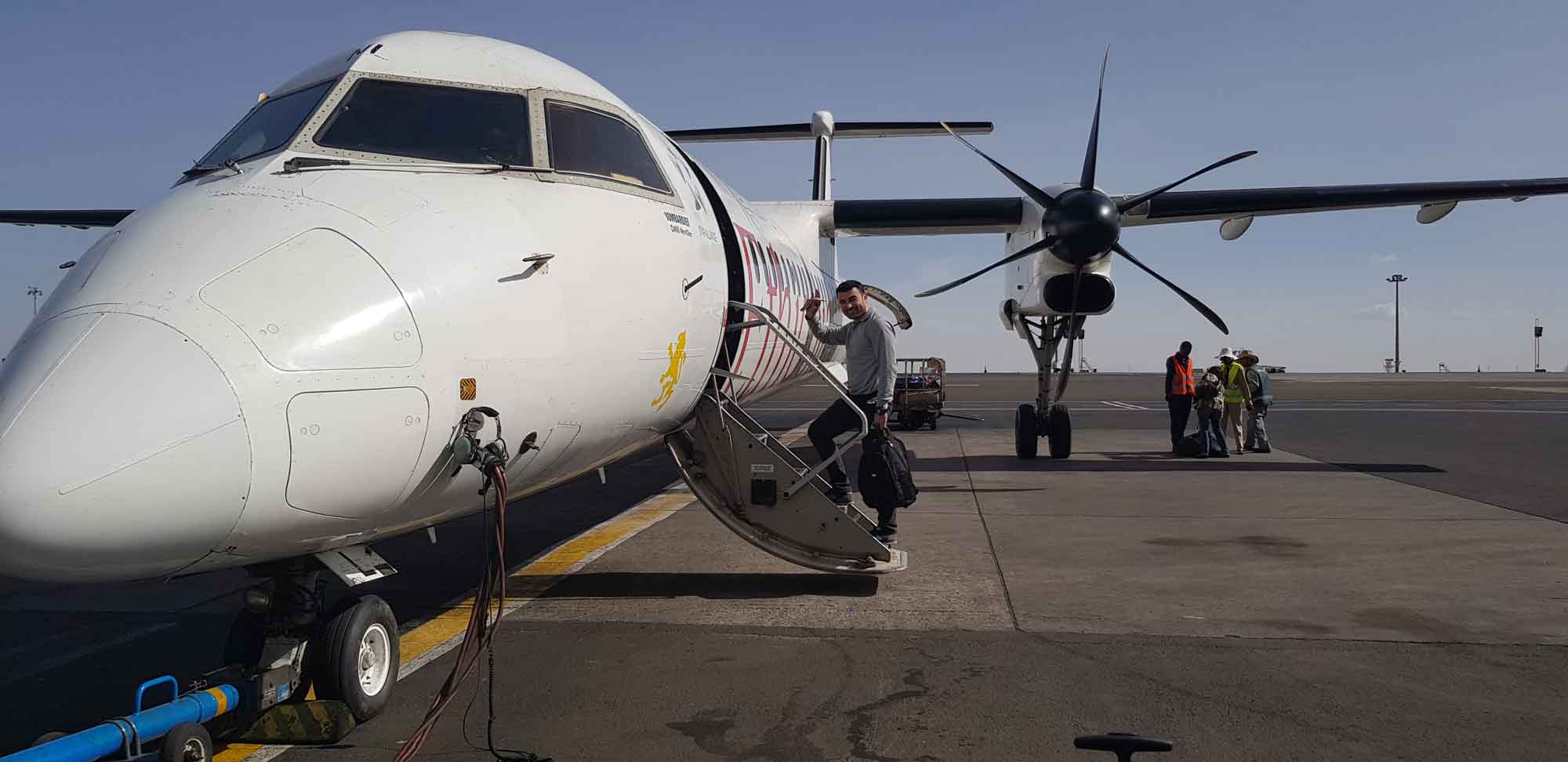
It is time to say goodbye to Addis Ababa. The next stop is the city of Dire Dawa. The city is located 500 km north of Addis Ababa. We plan to get off at the city's airport and go to Harar, one of the oldest fortress cities in the world and the only Muslim city in Ethiopia. However, we are still unaware that the city of Dire Dawa is under siege by rebels belonging to the Tigray tribe. We will know this after landing at the airport. Follow our journey to Dire Dawa here.

























































